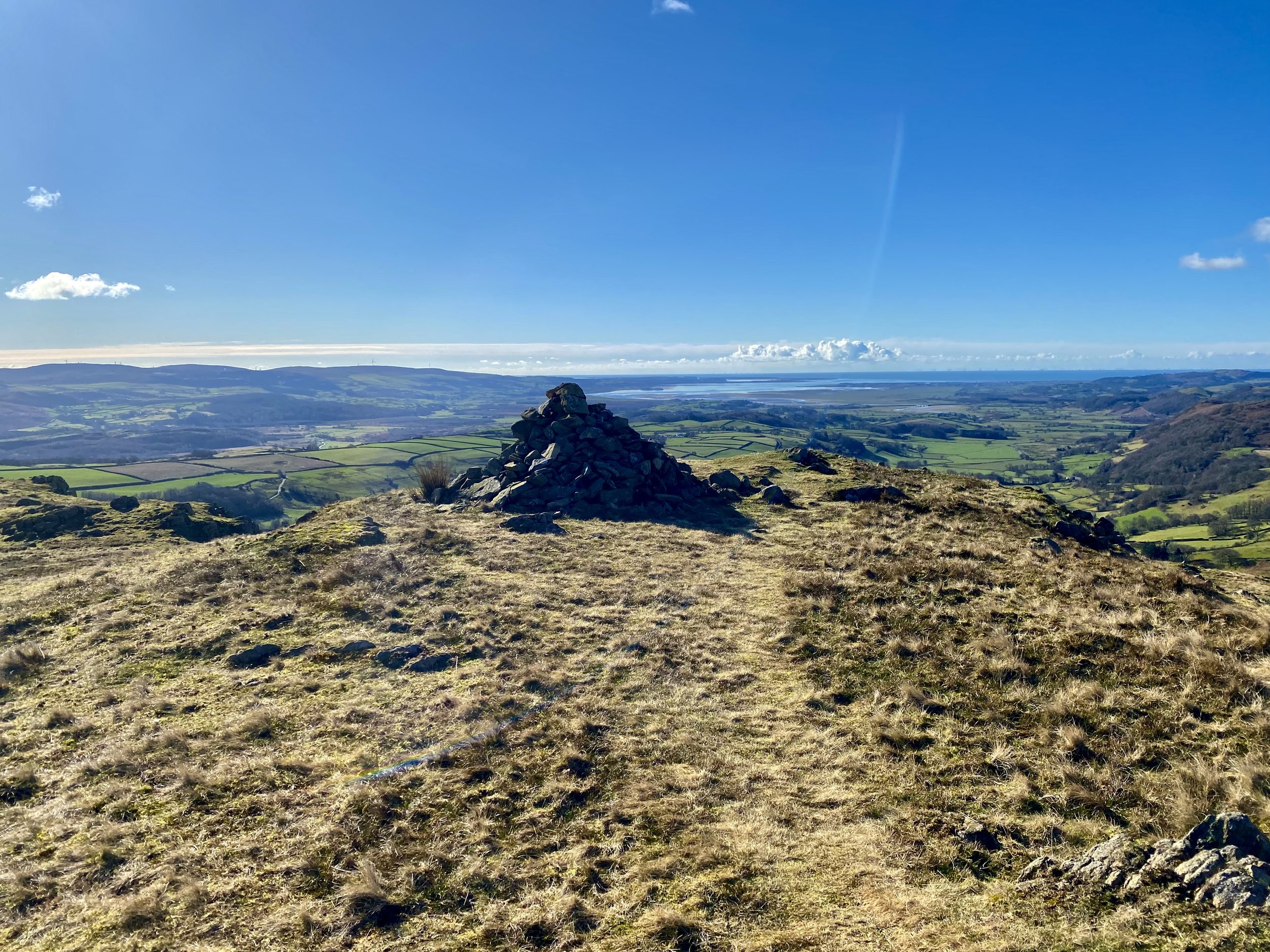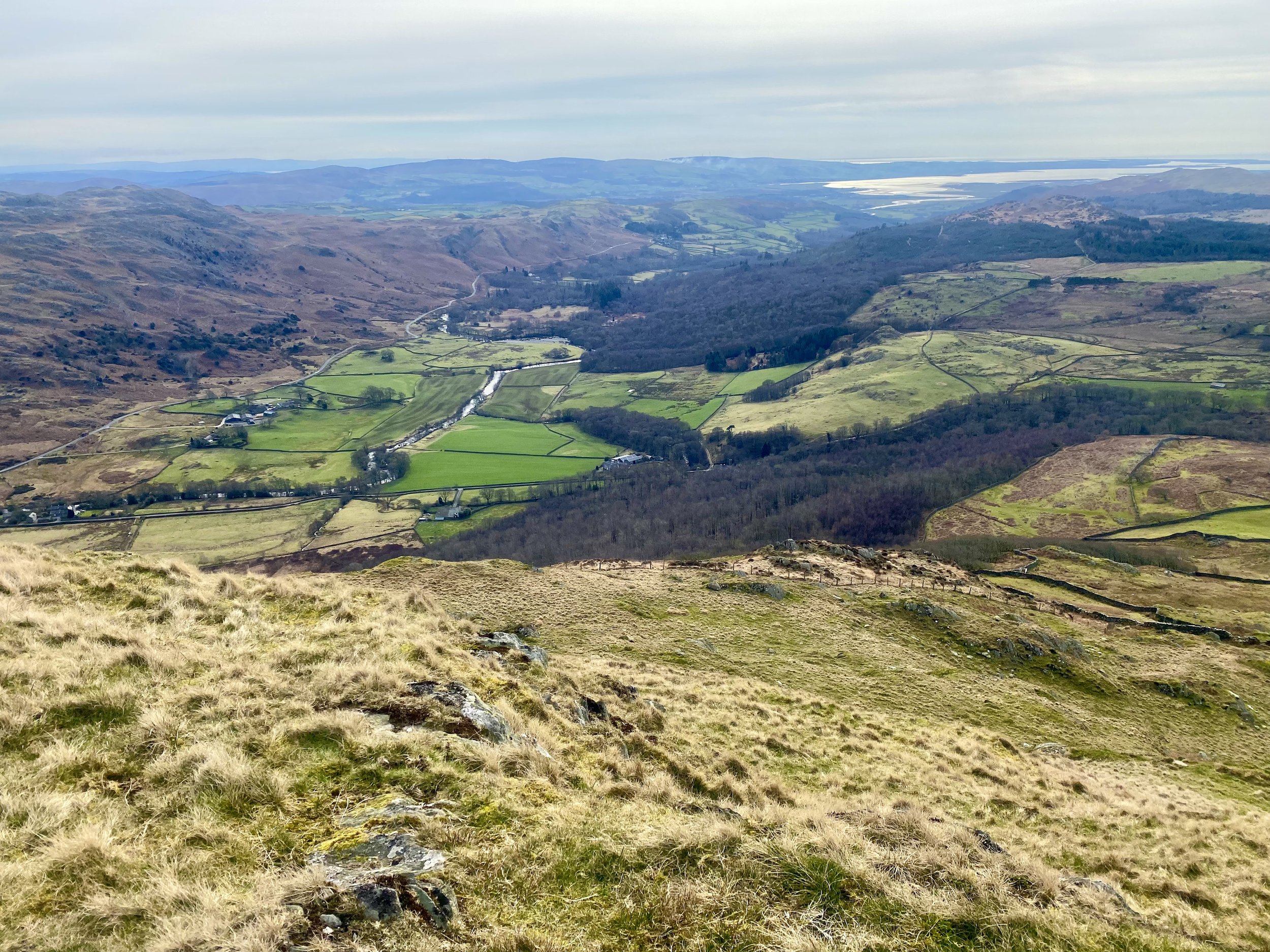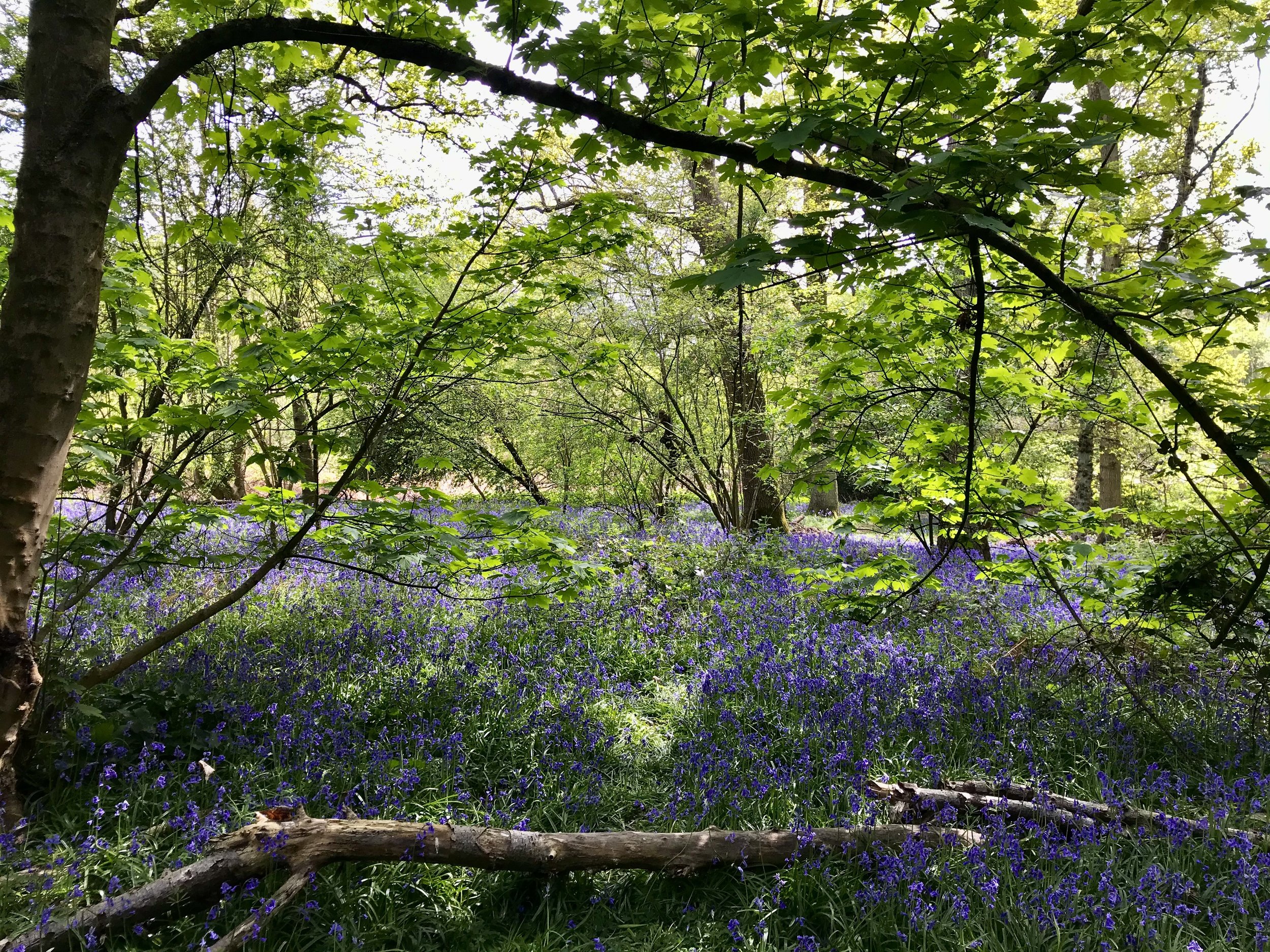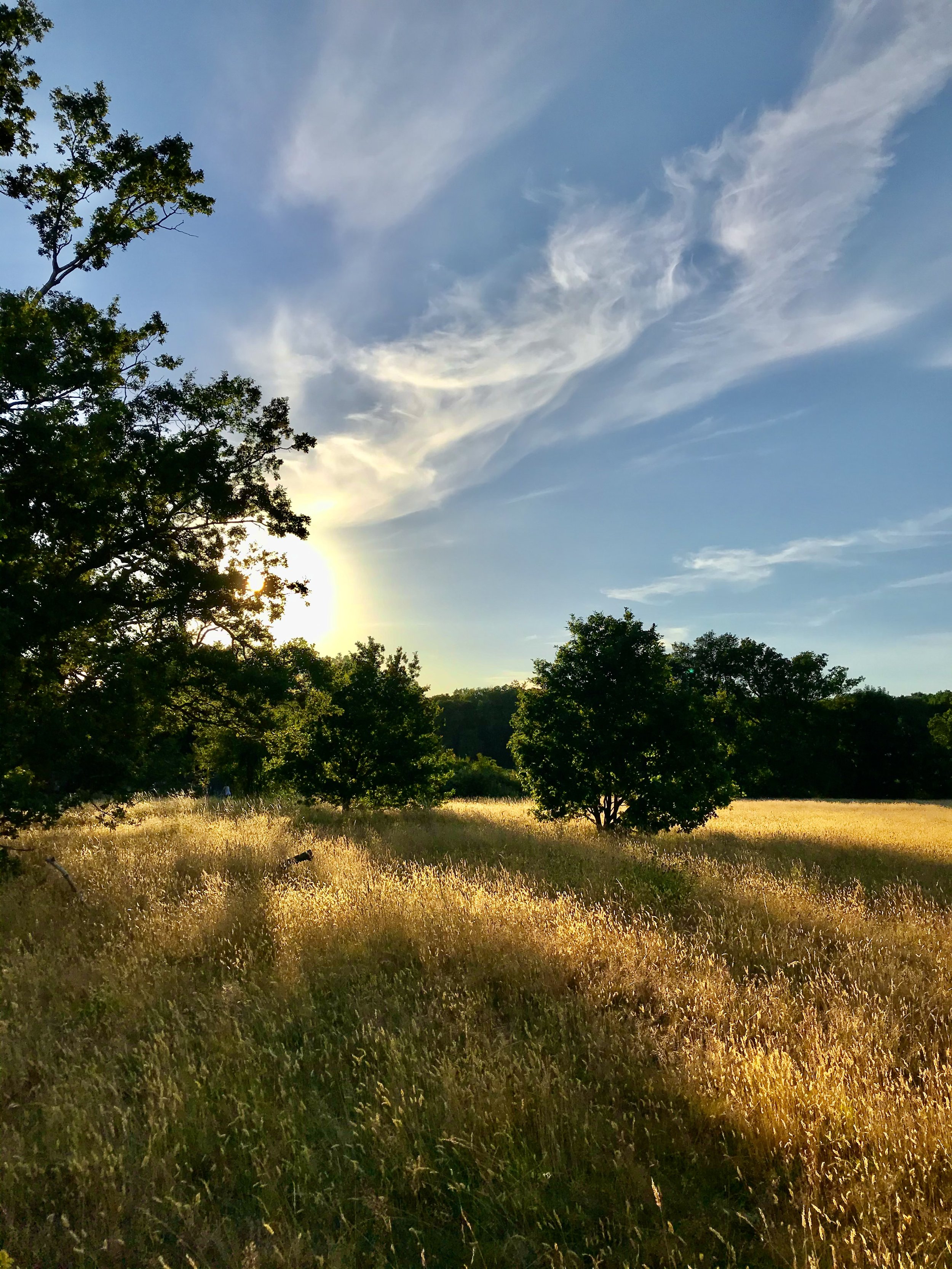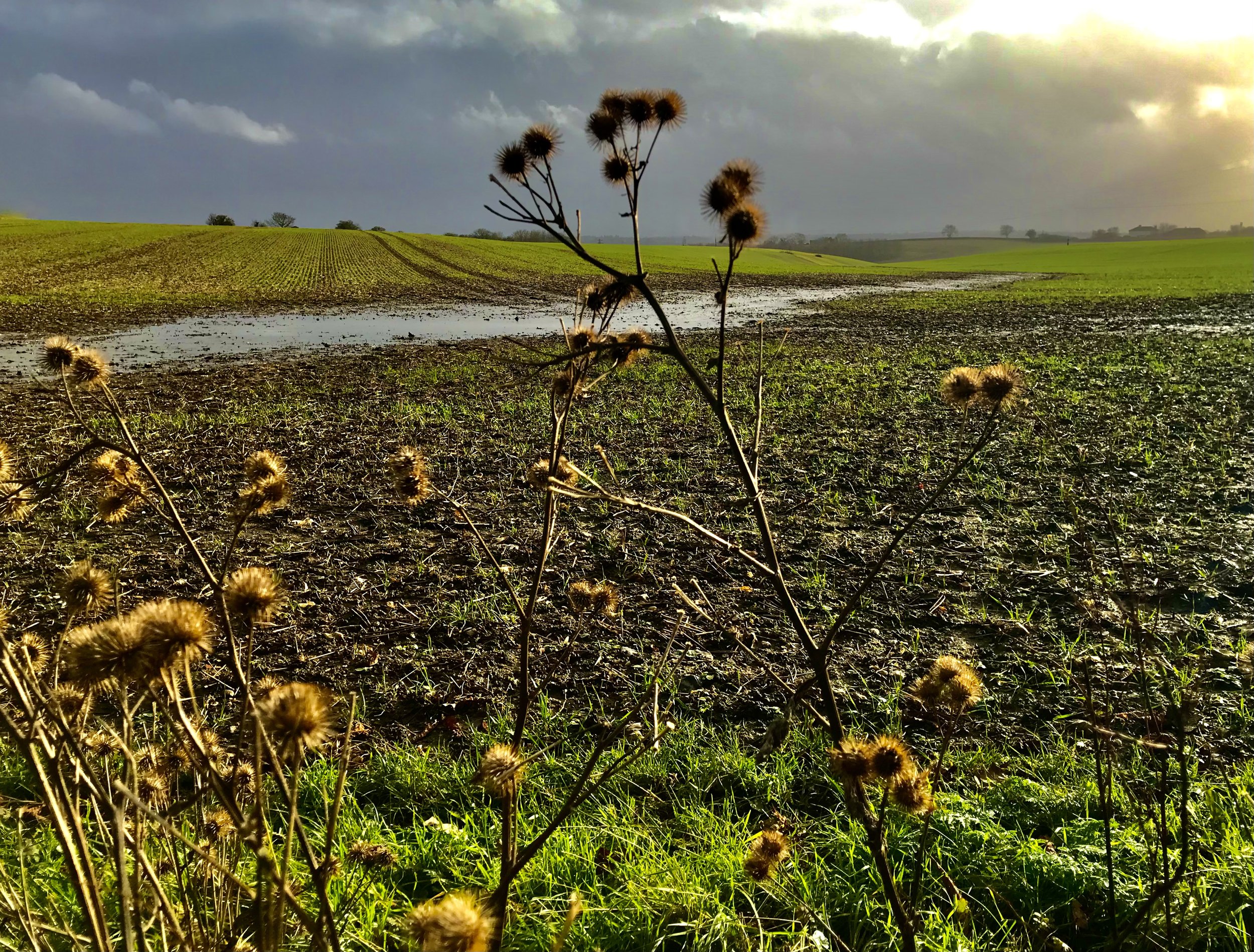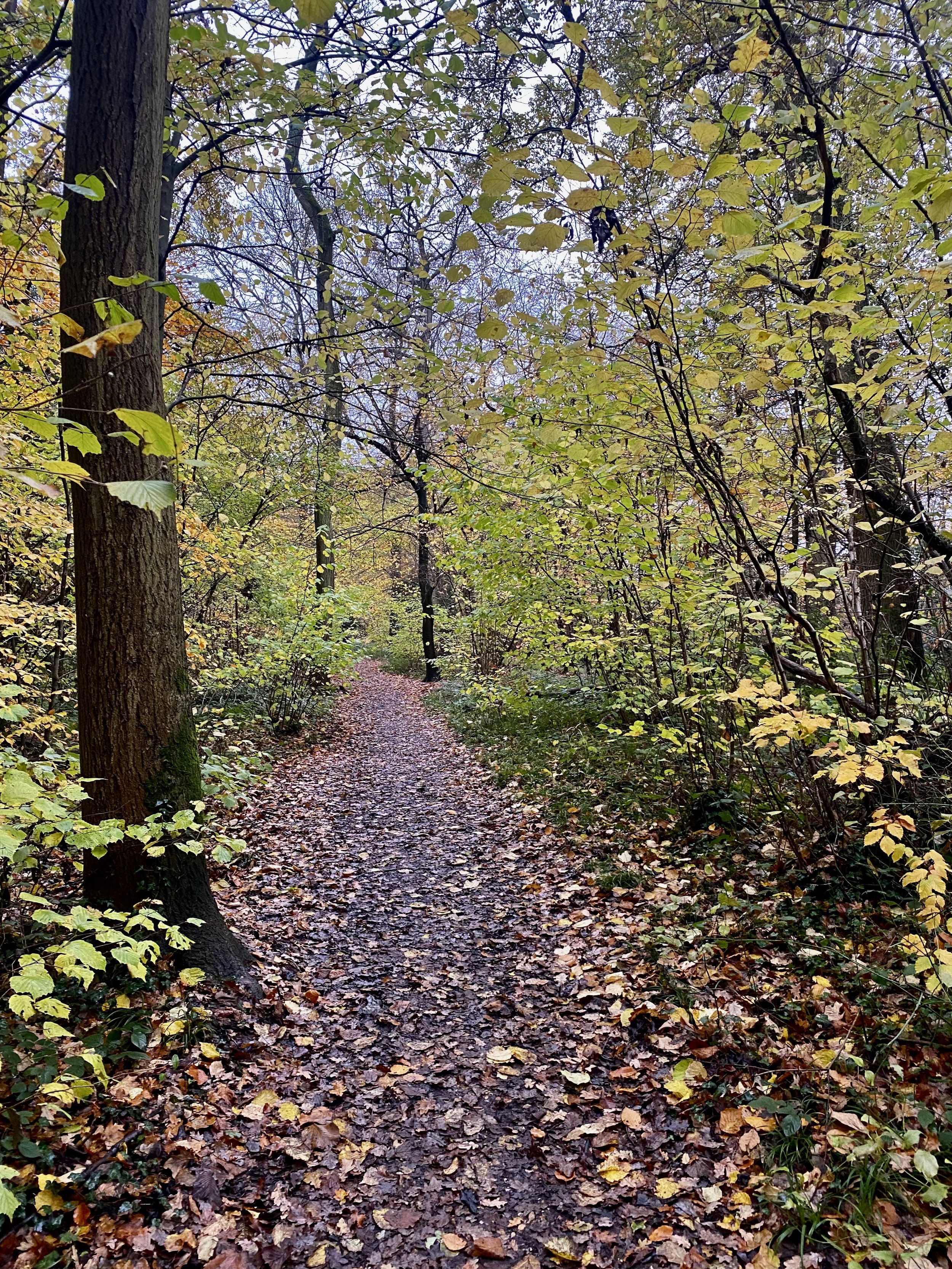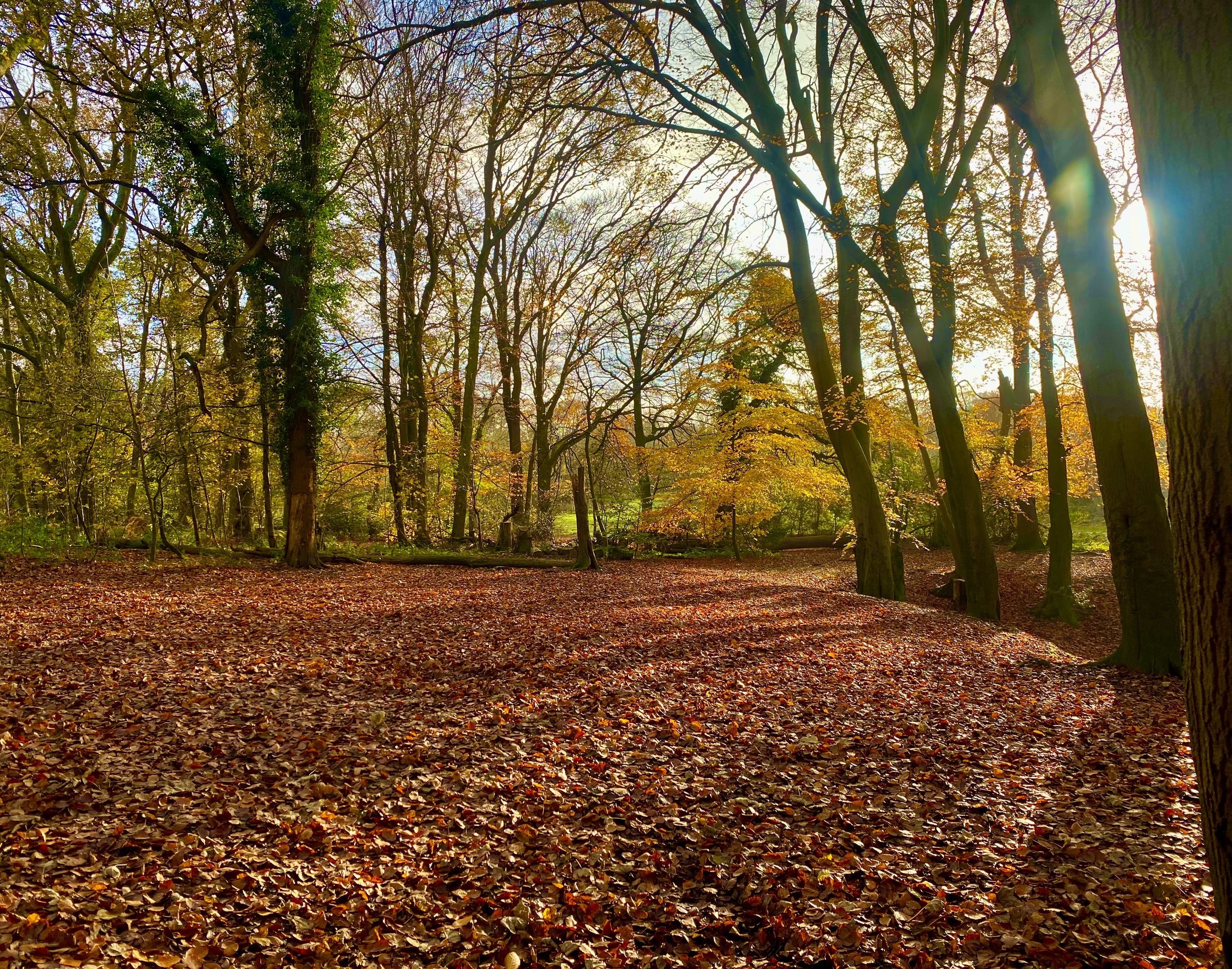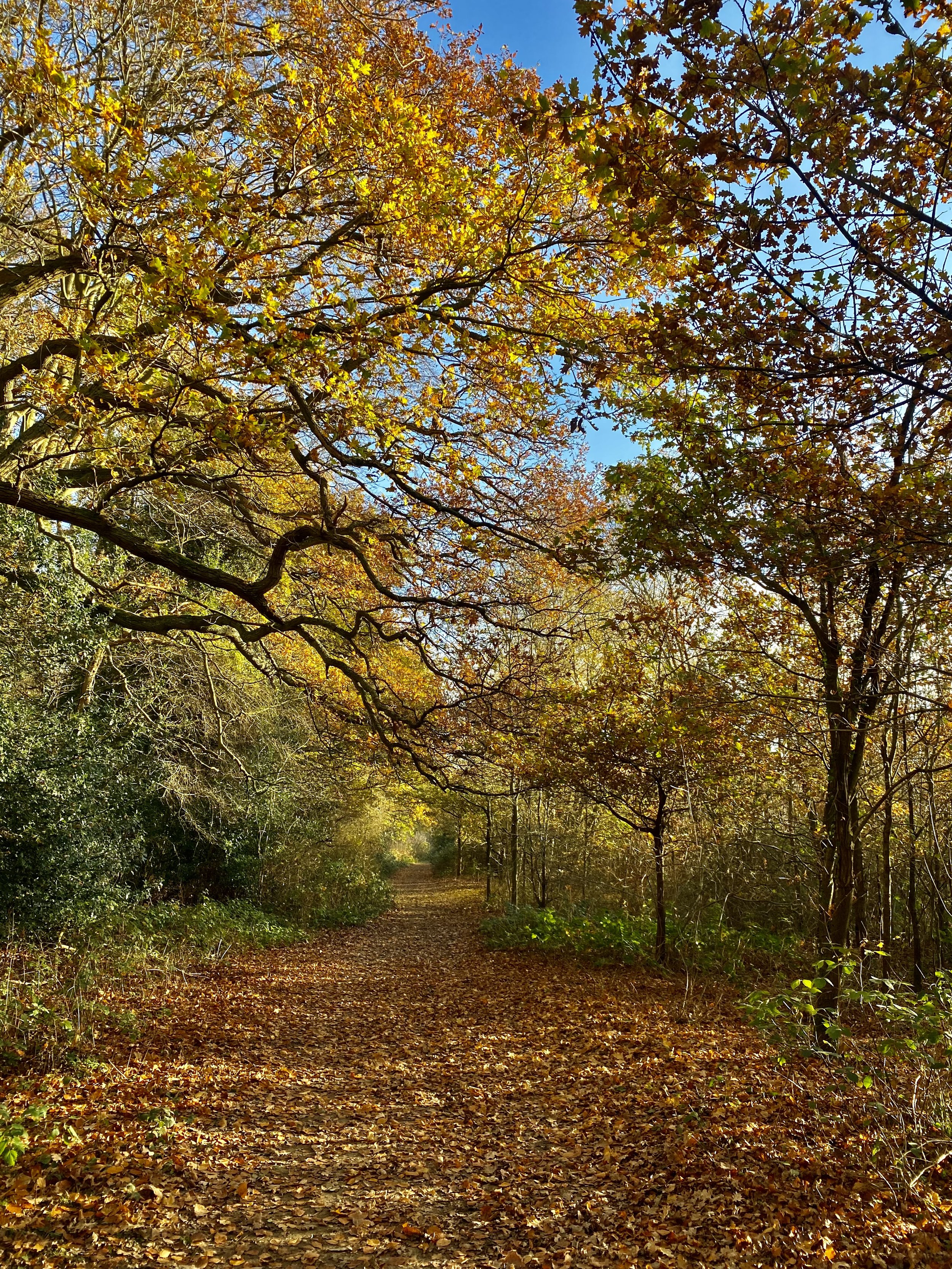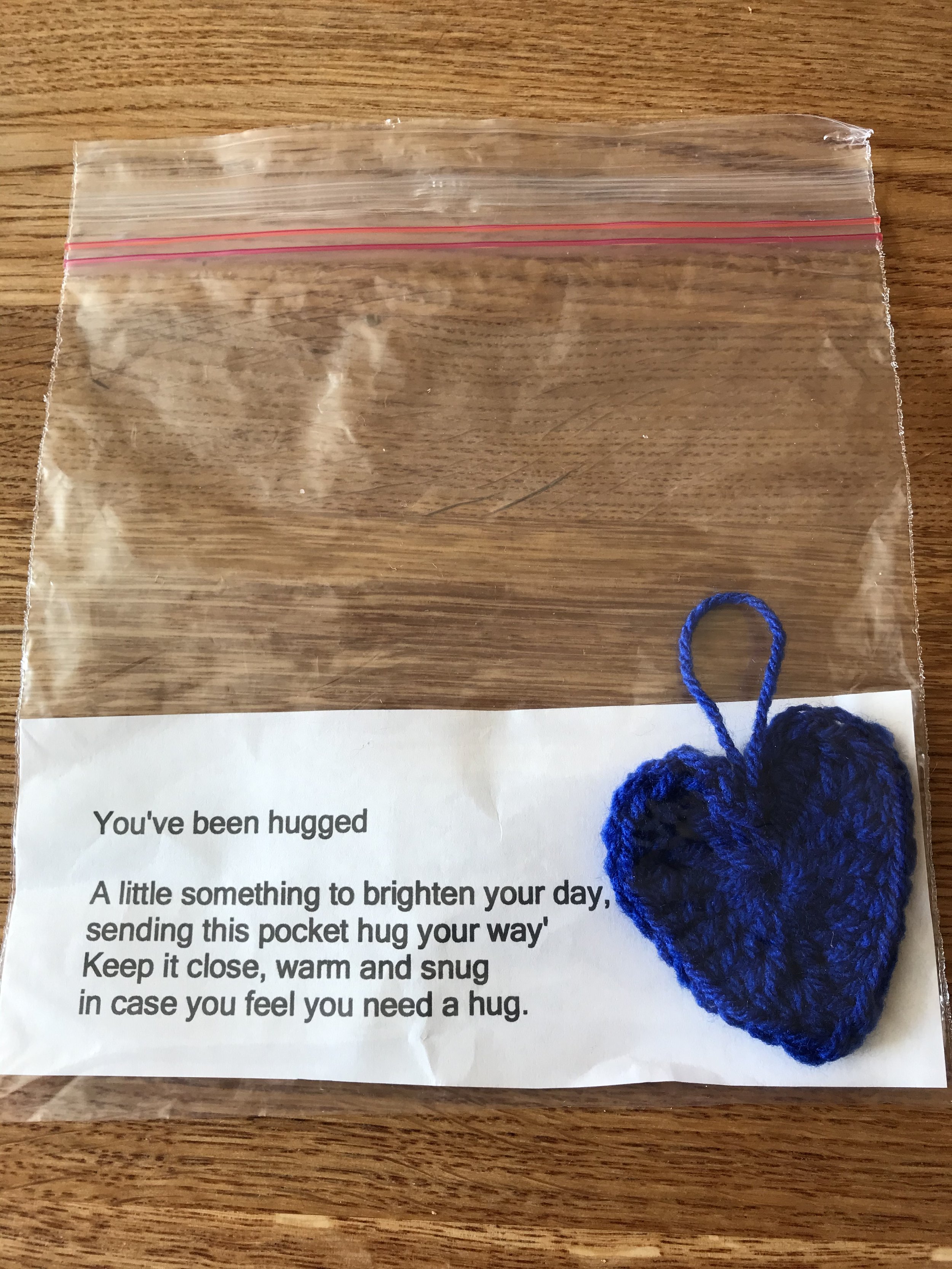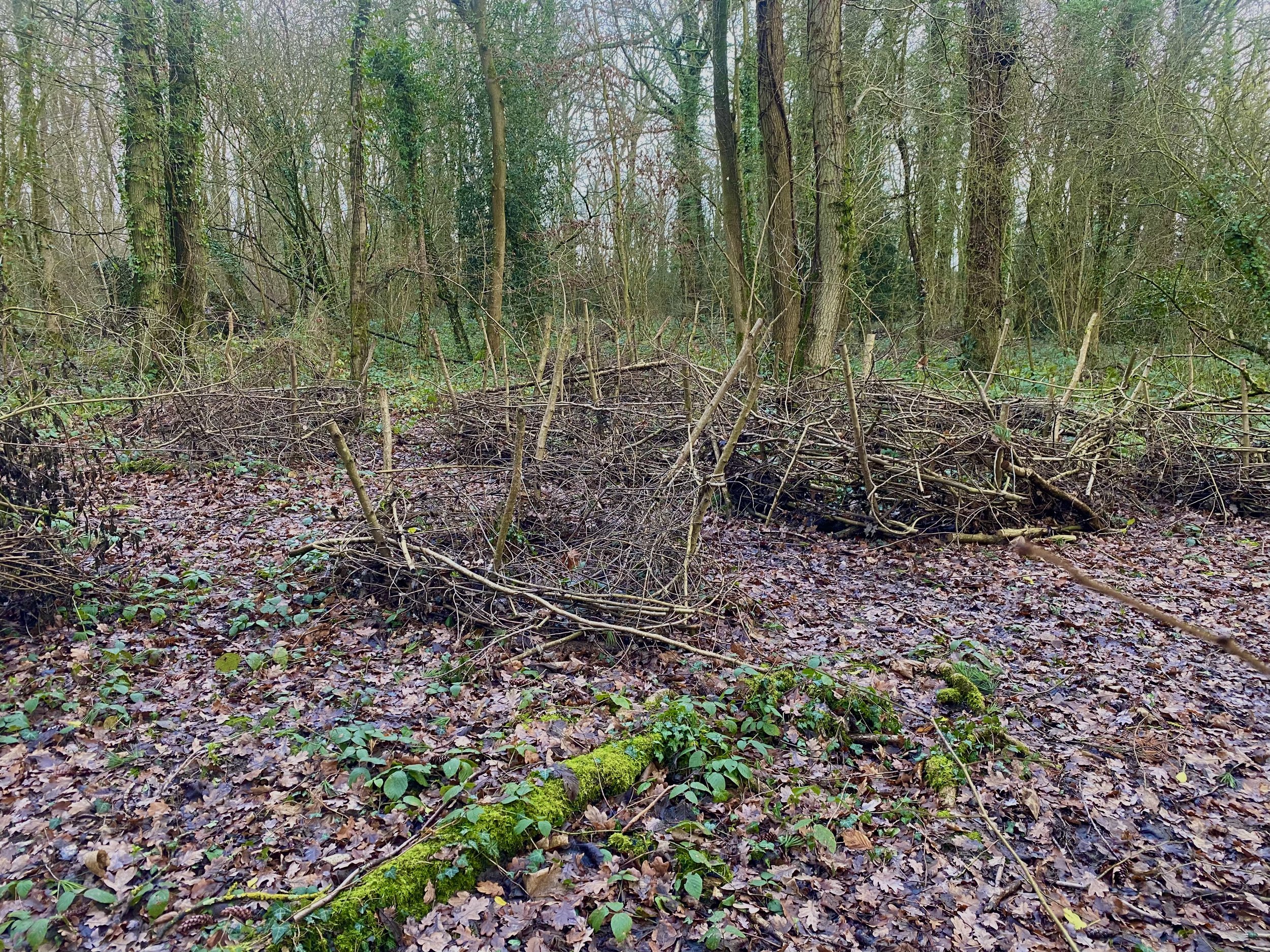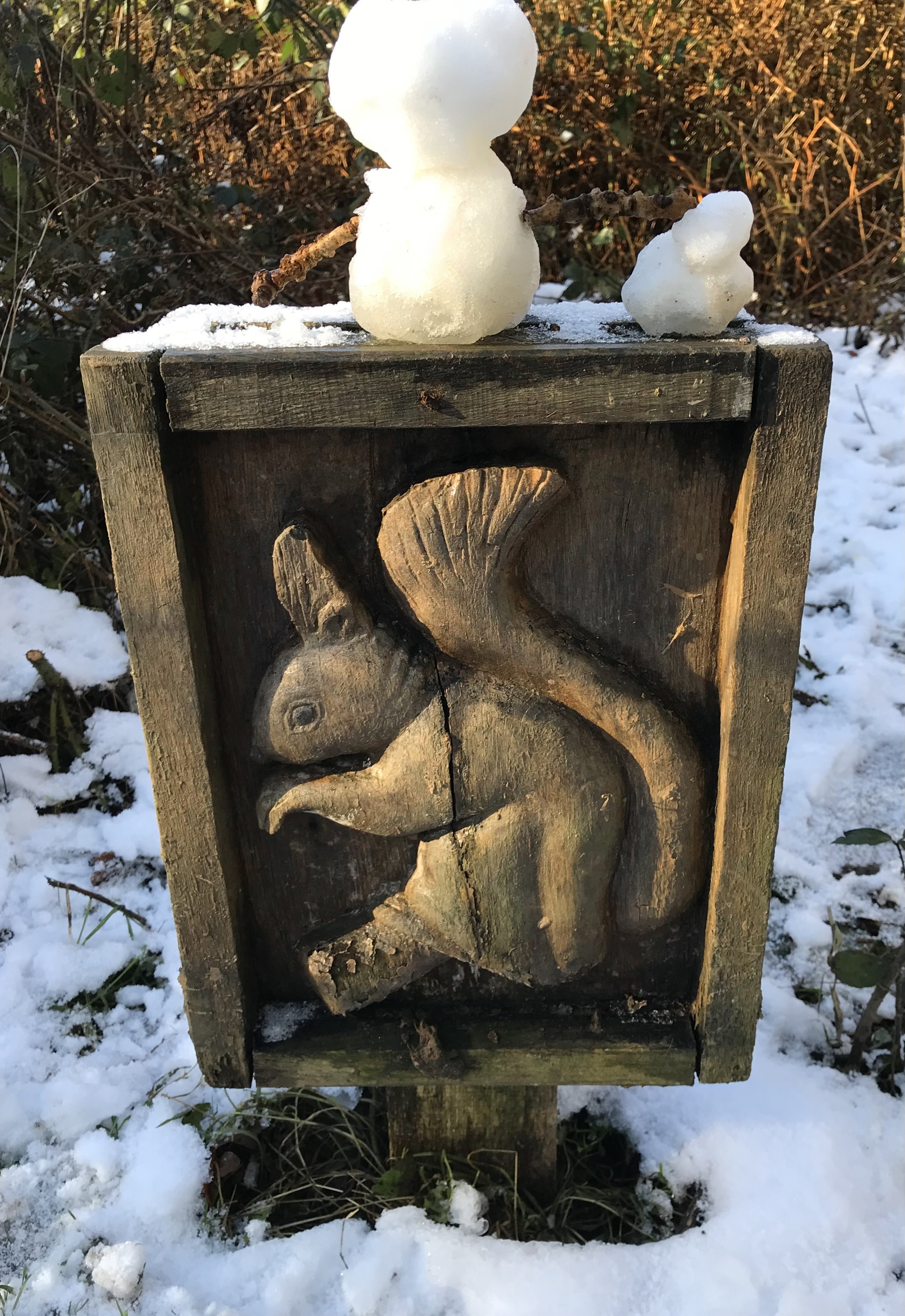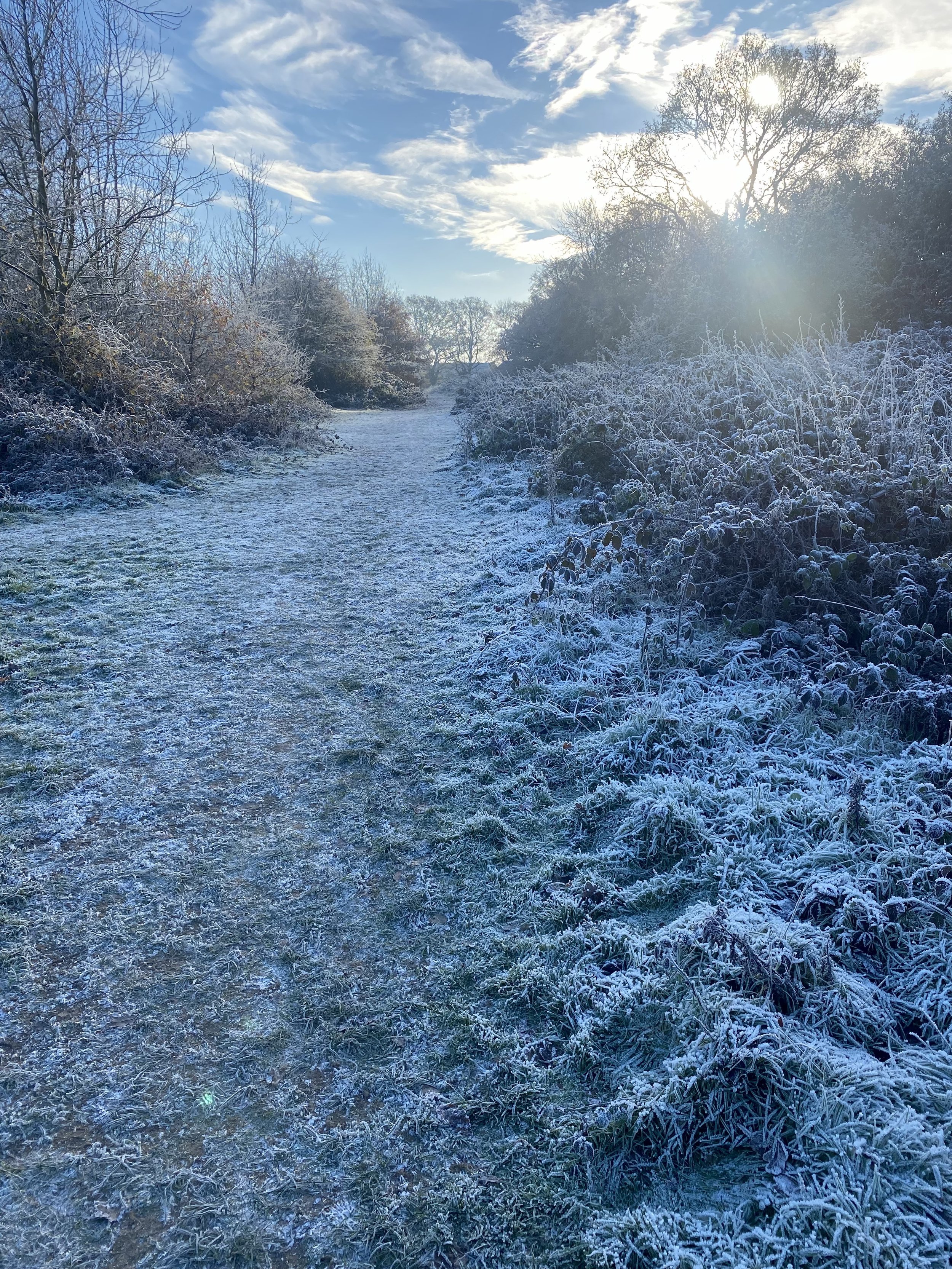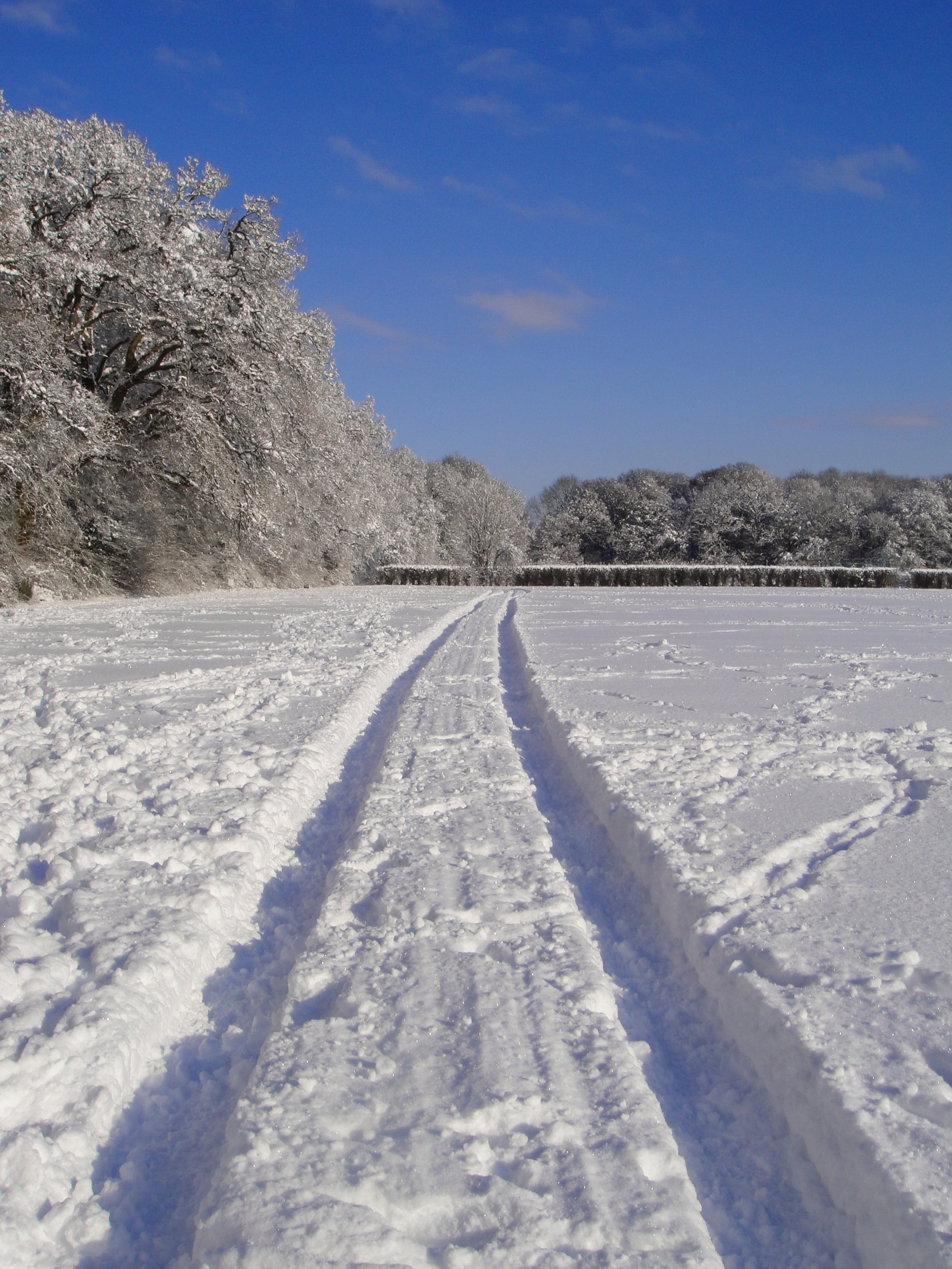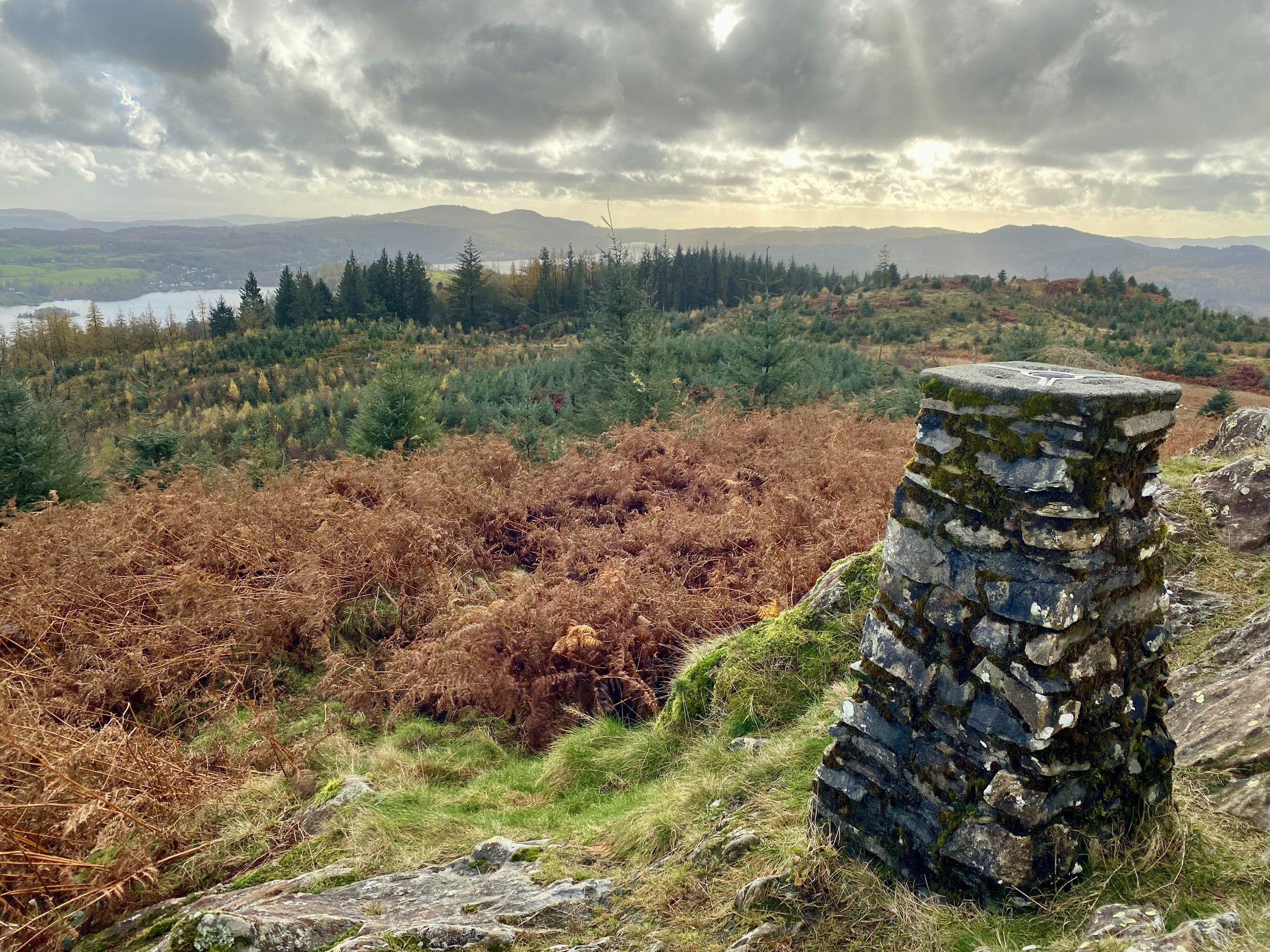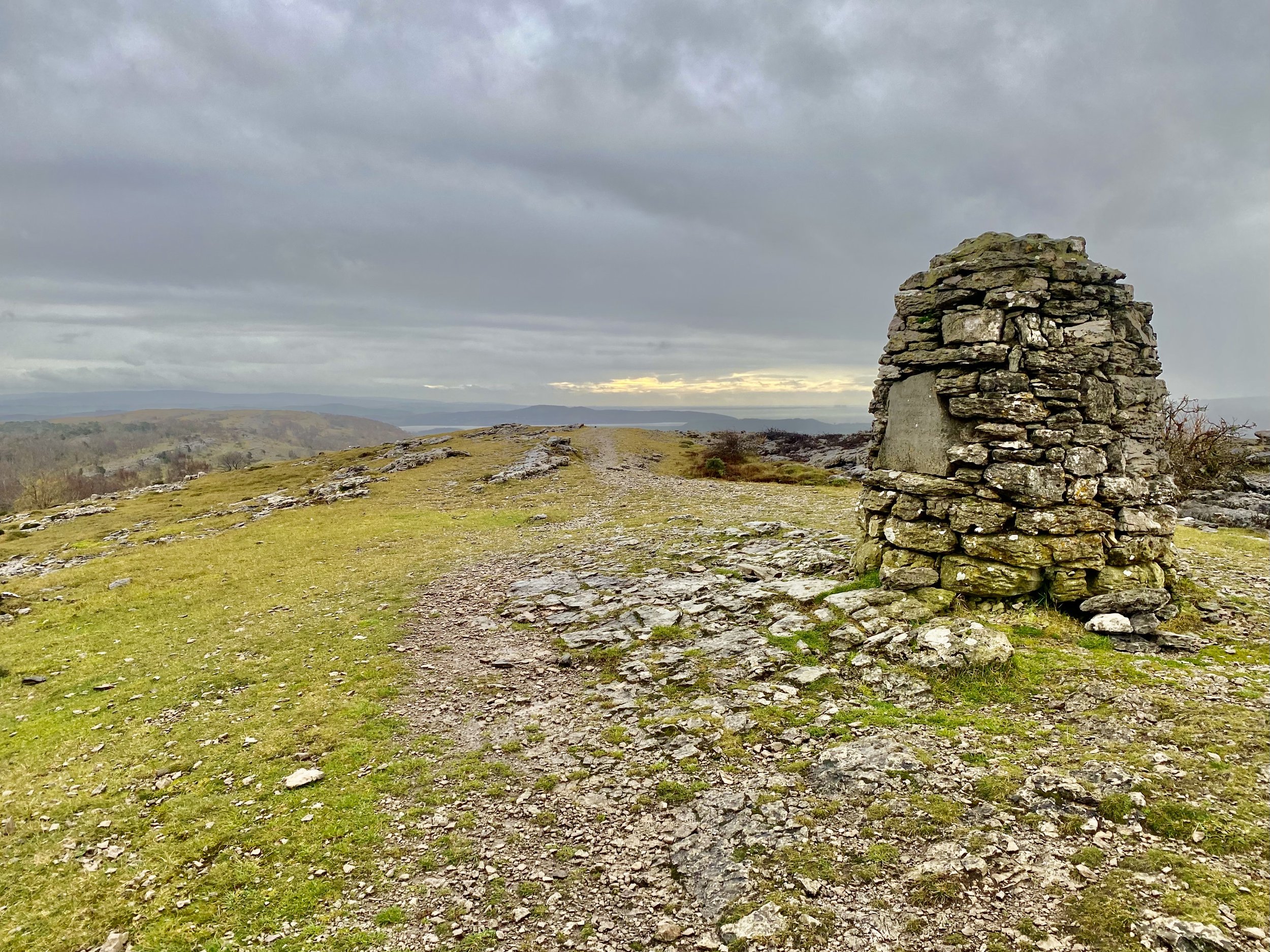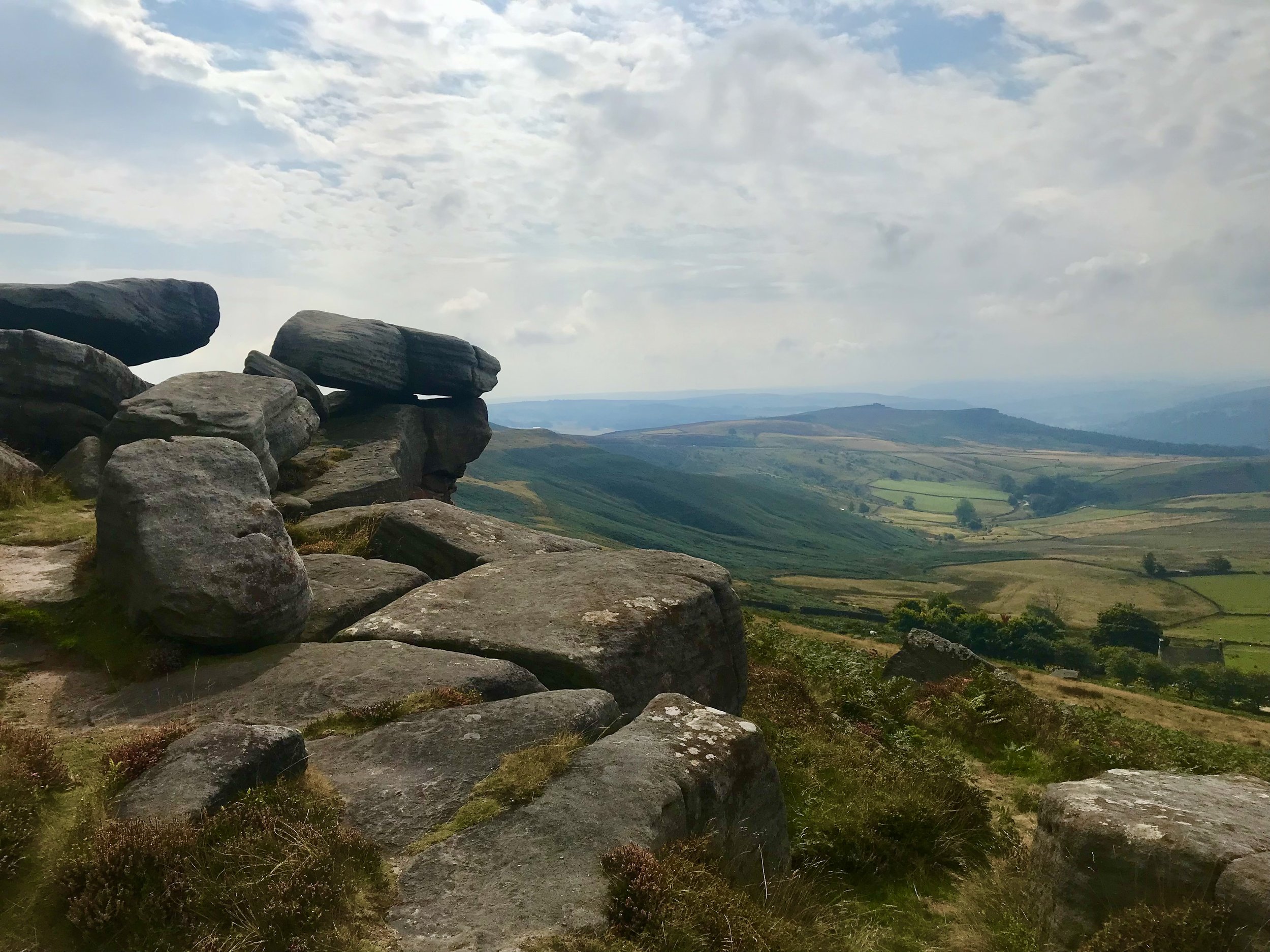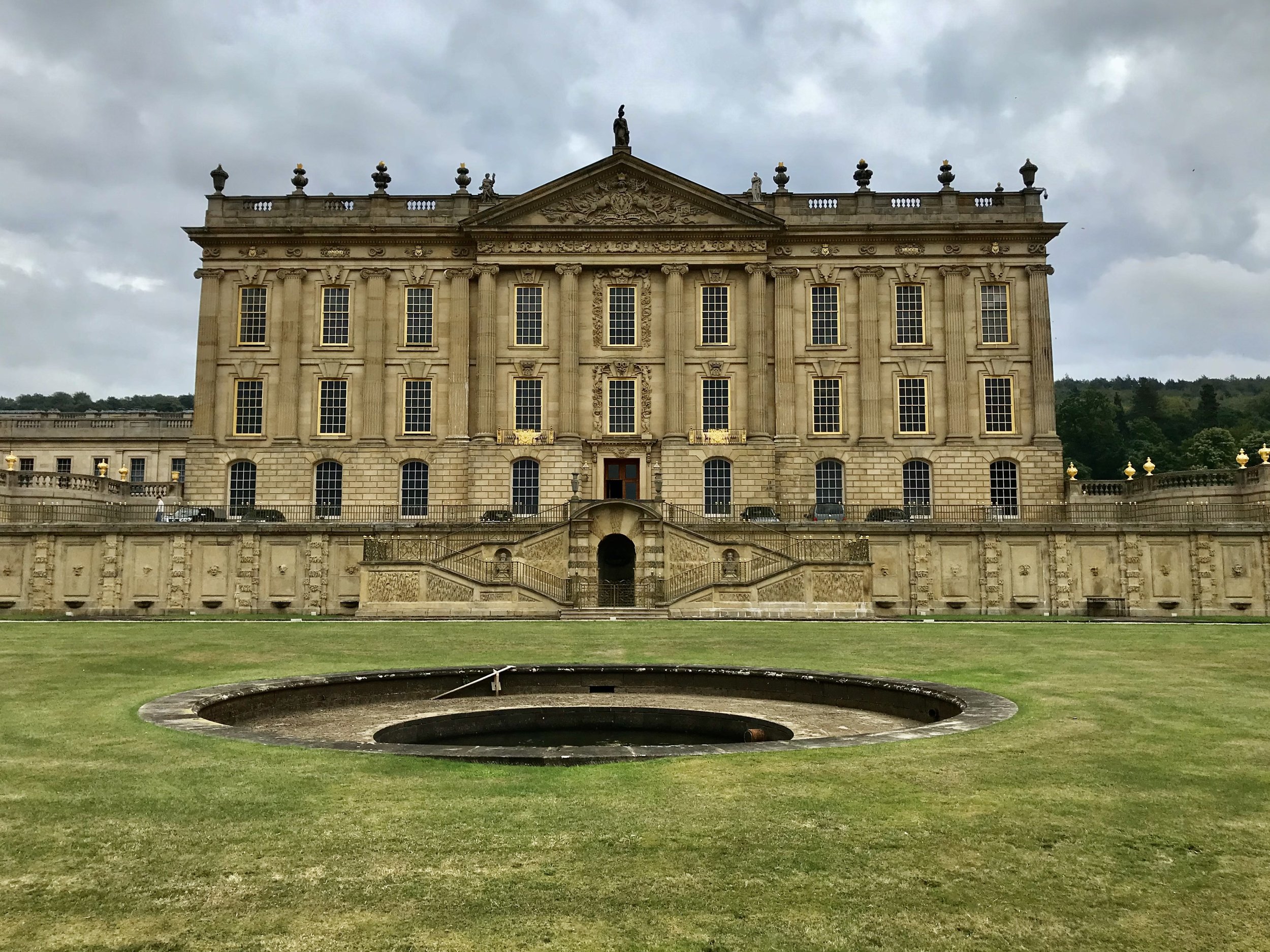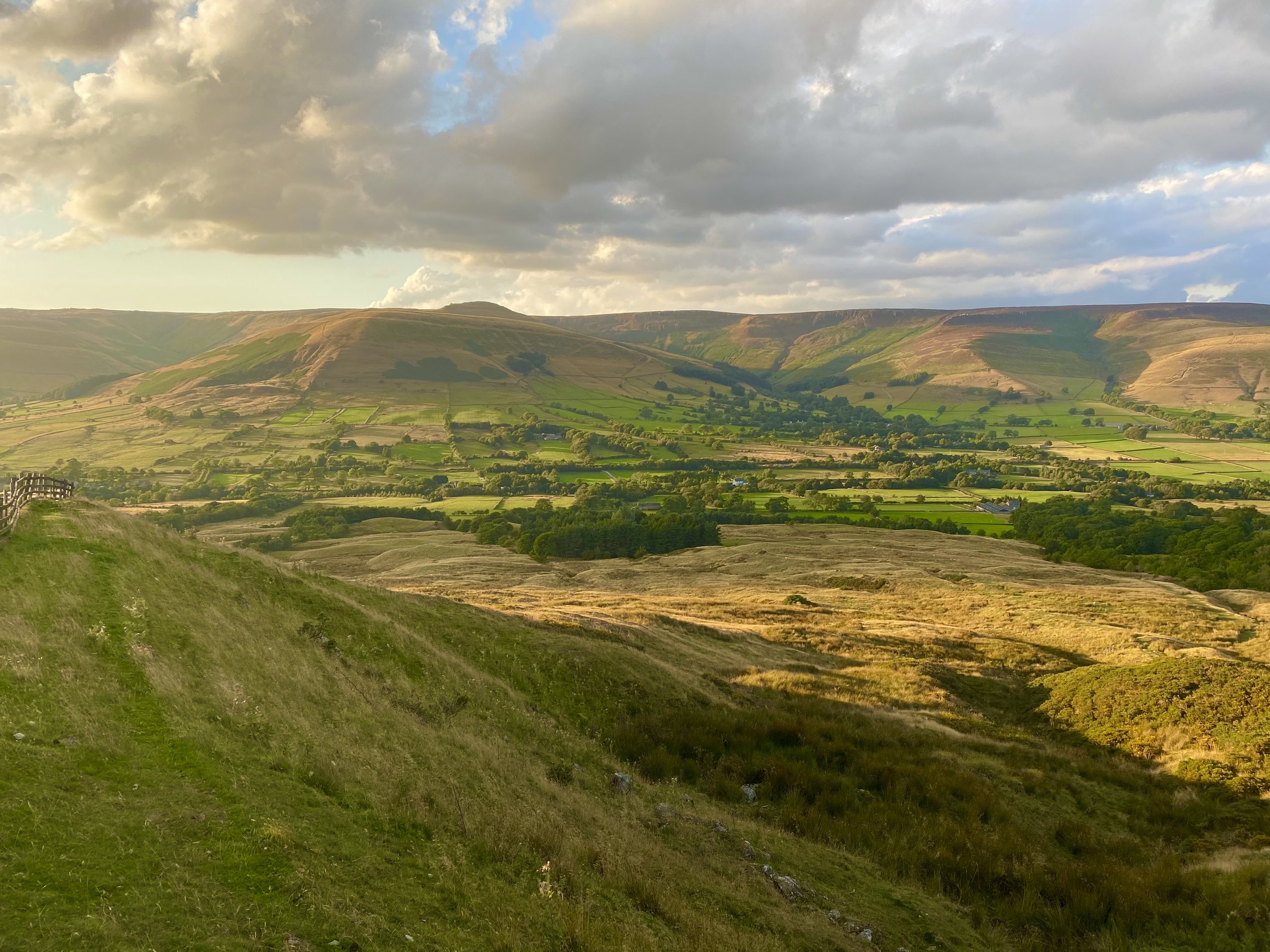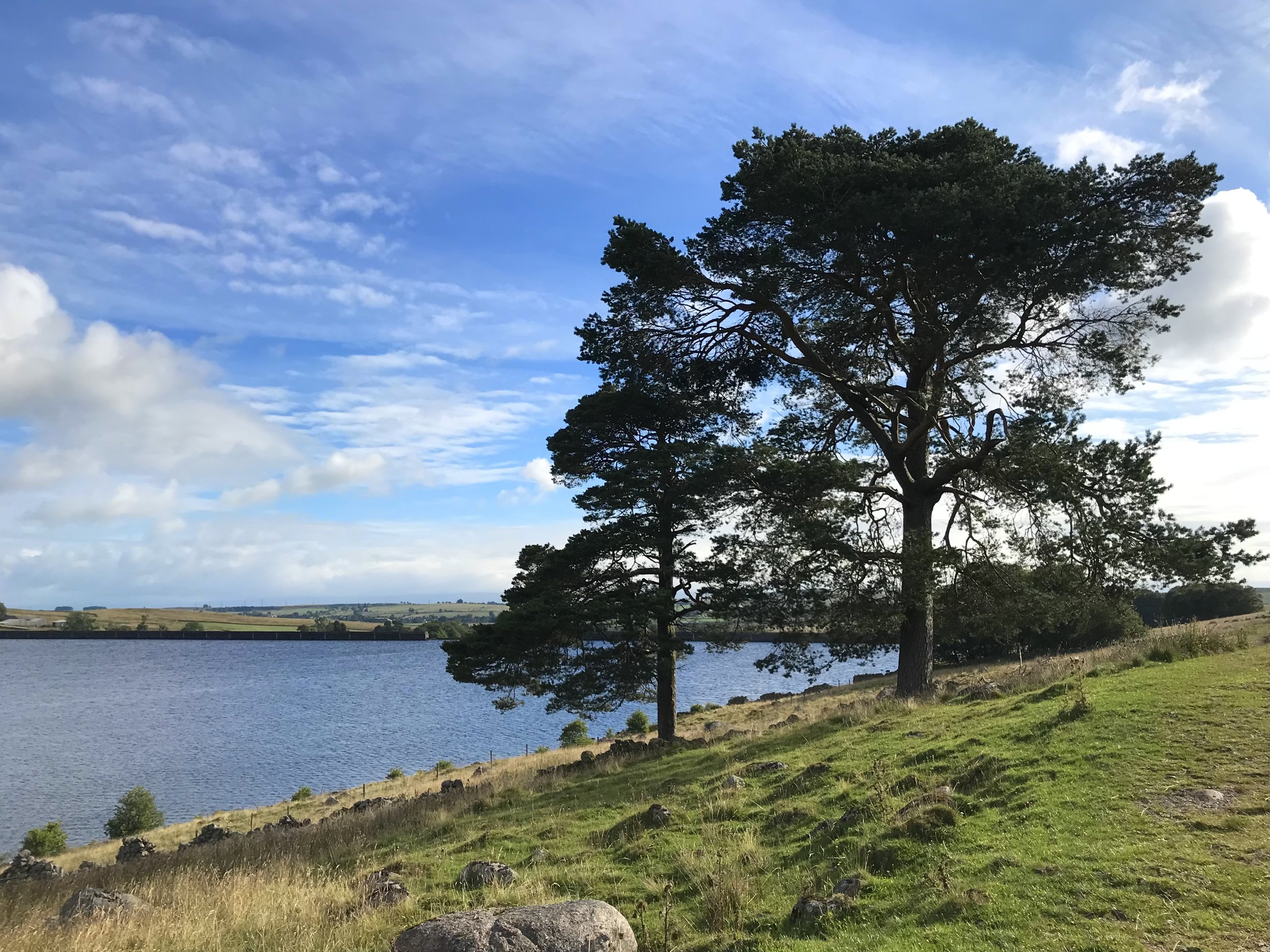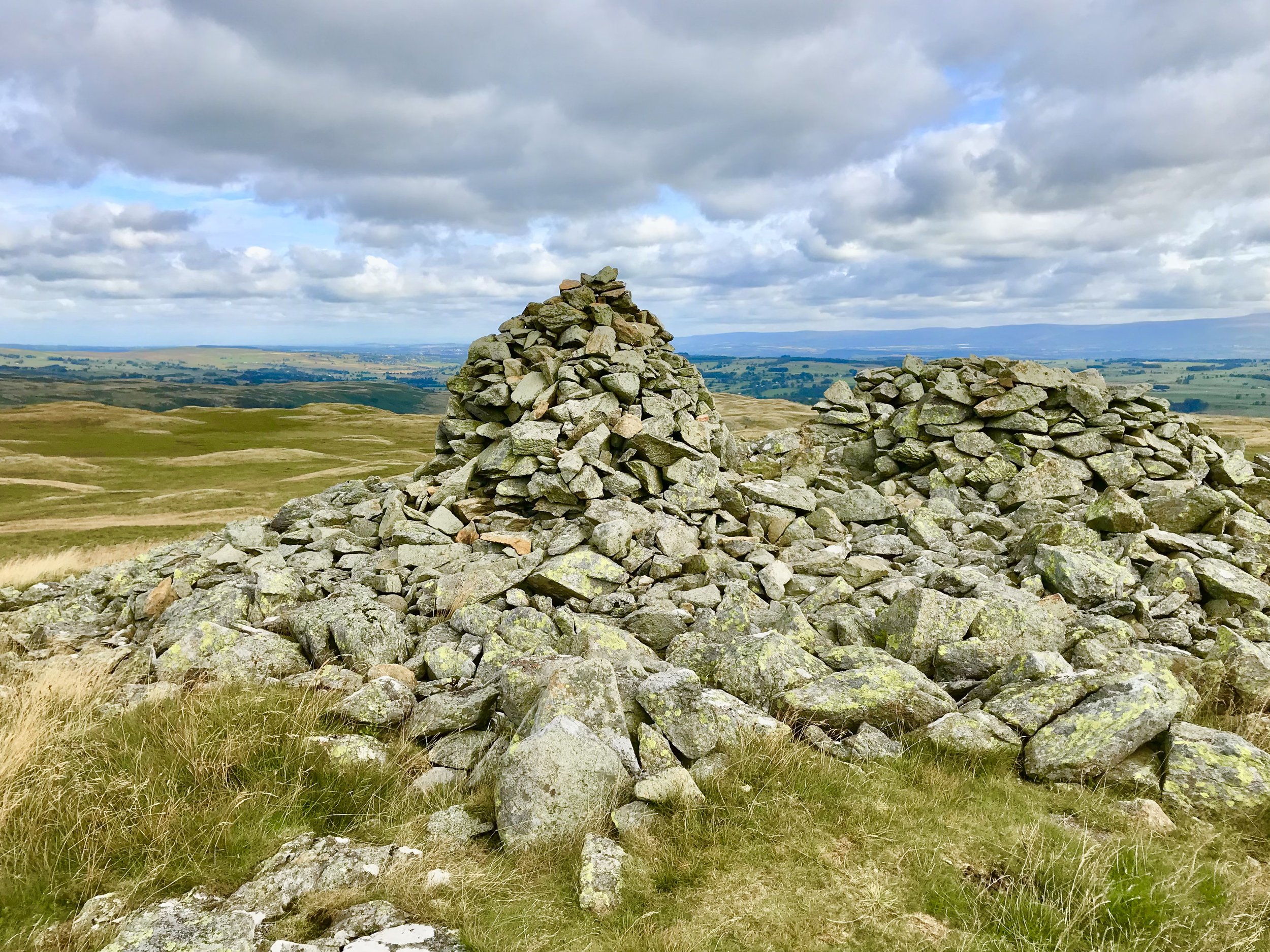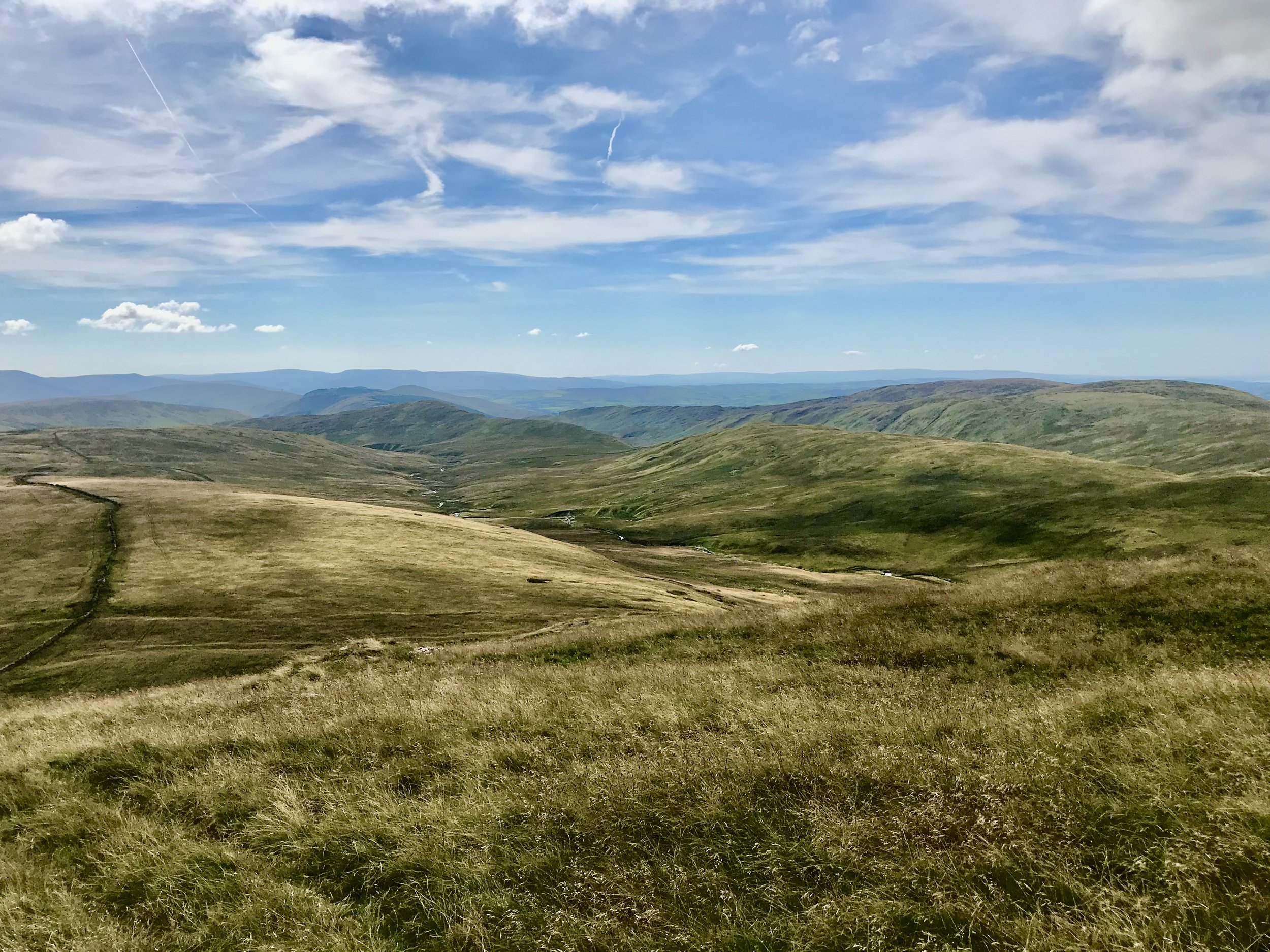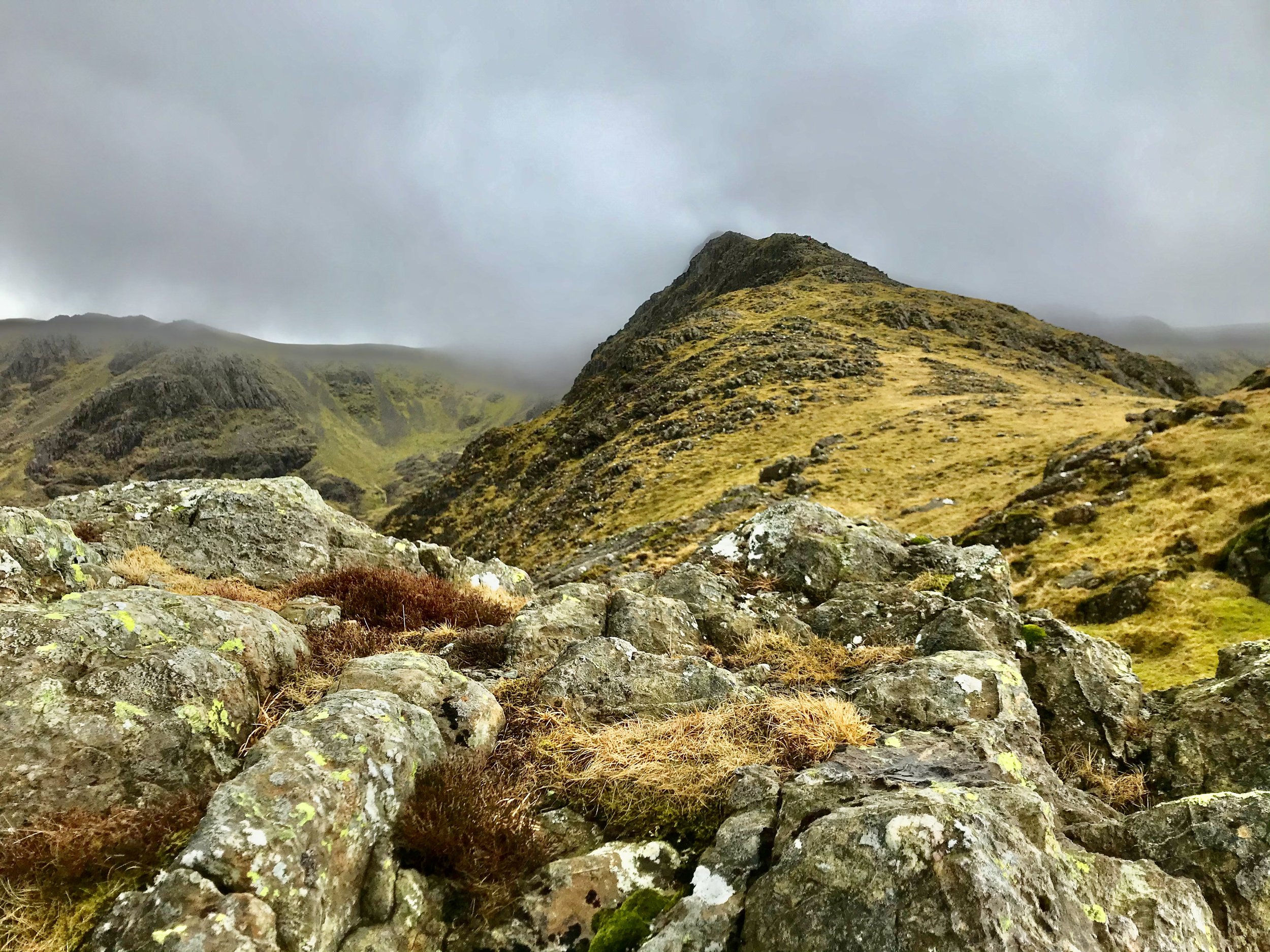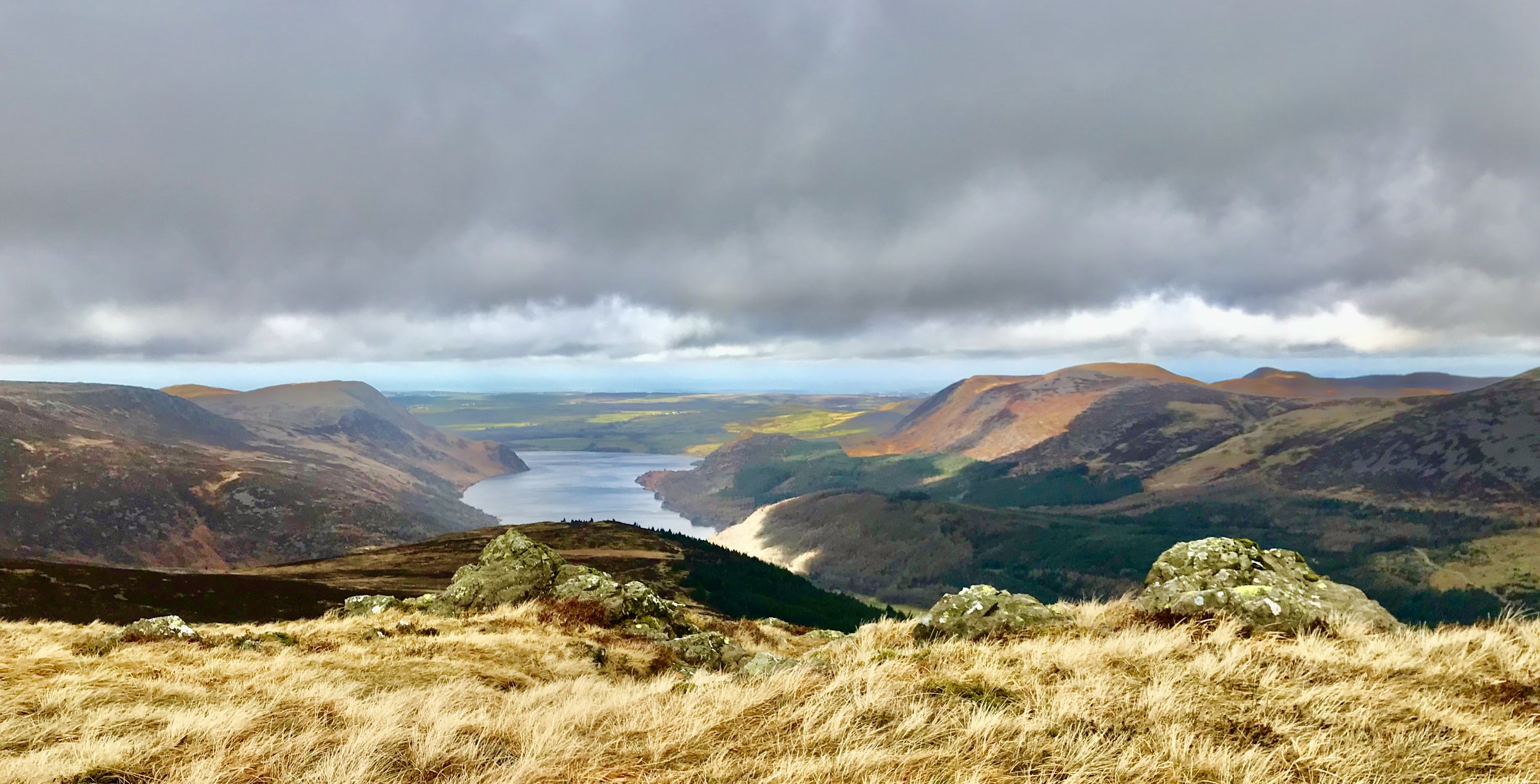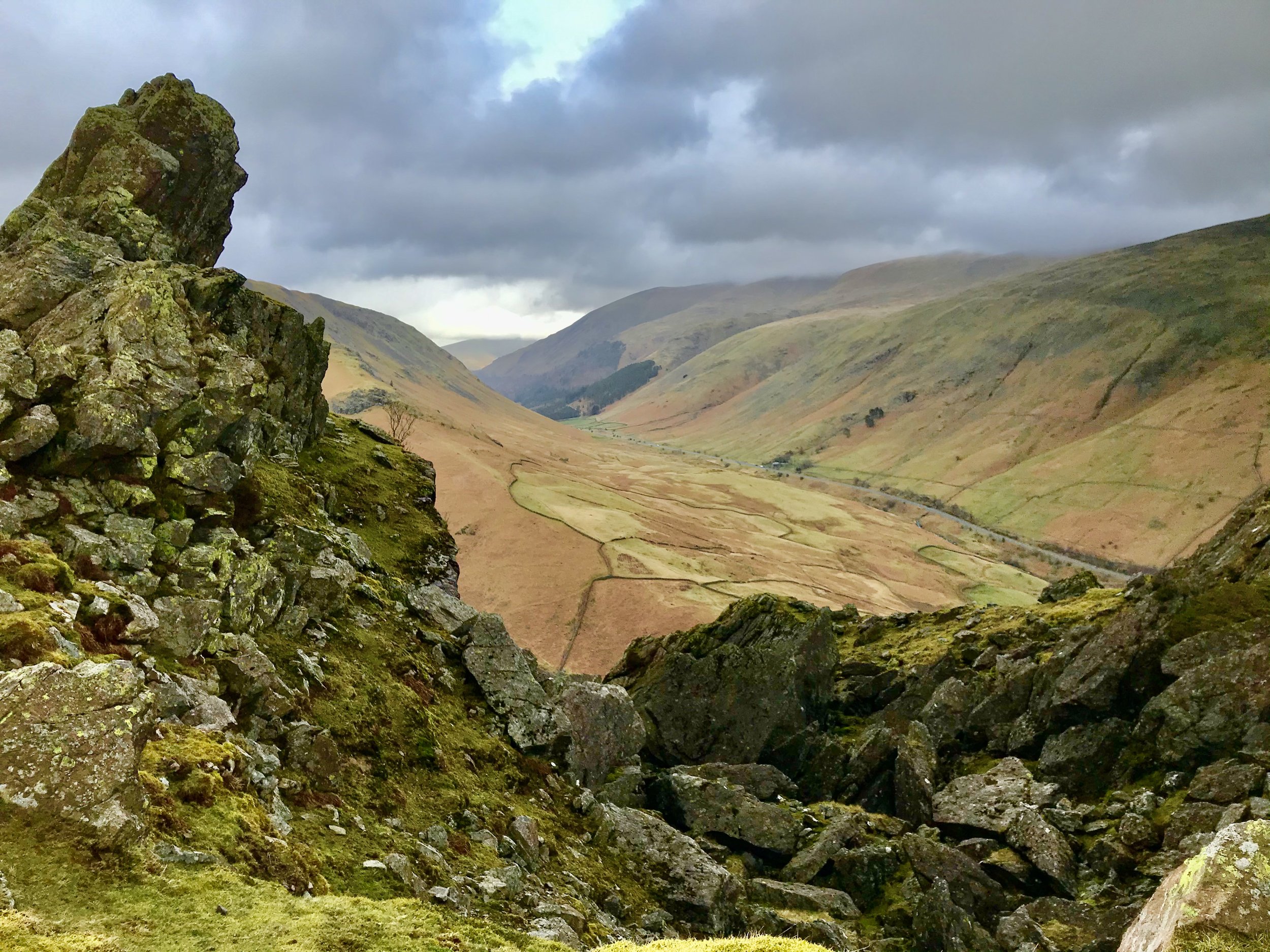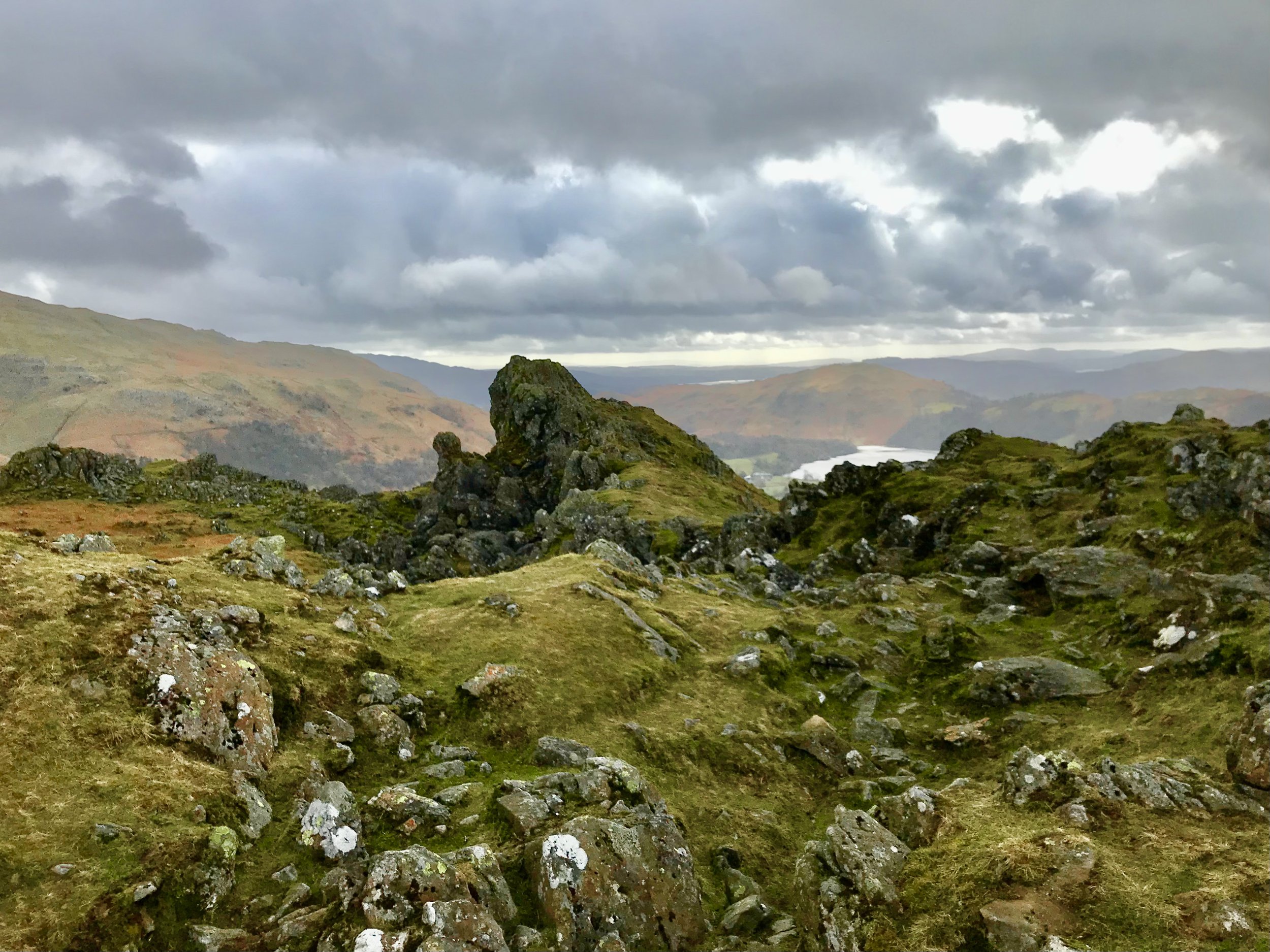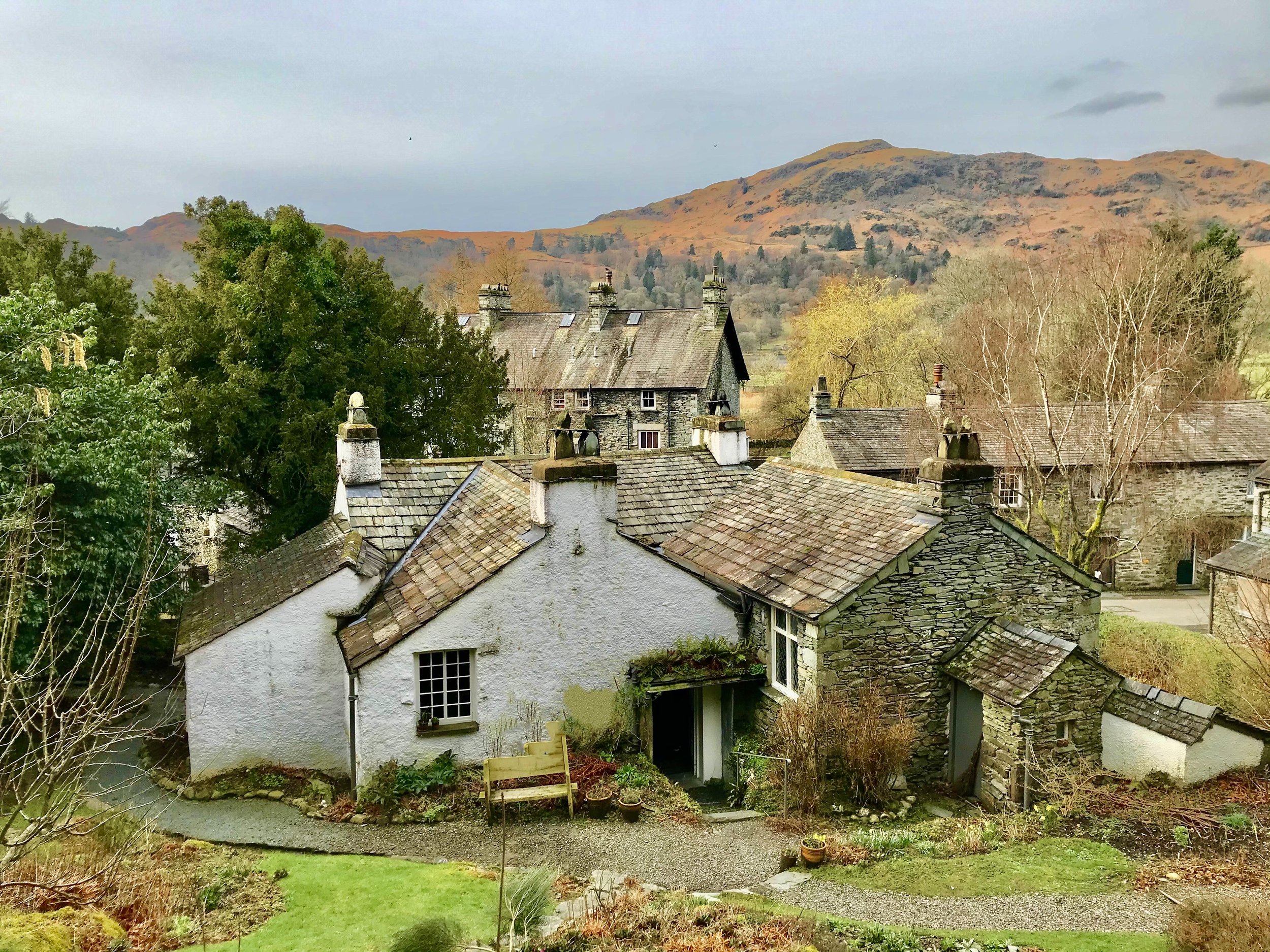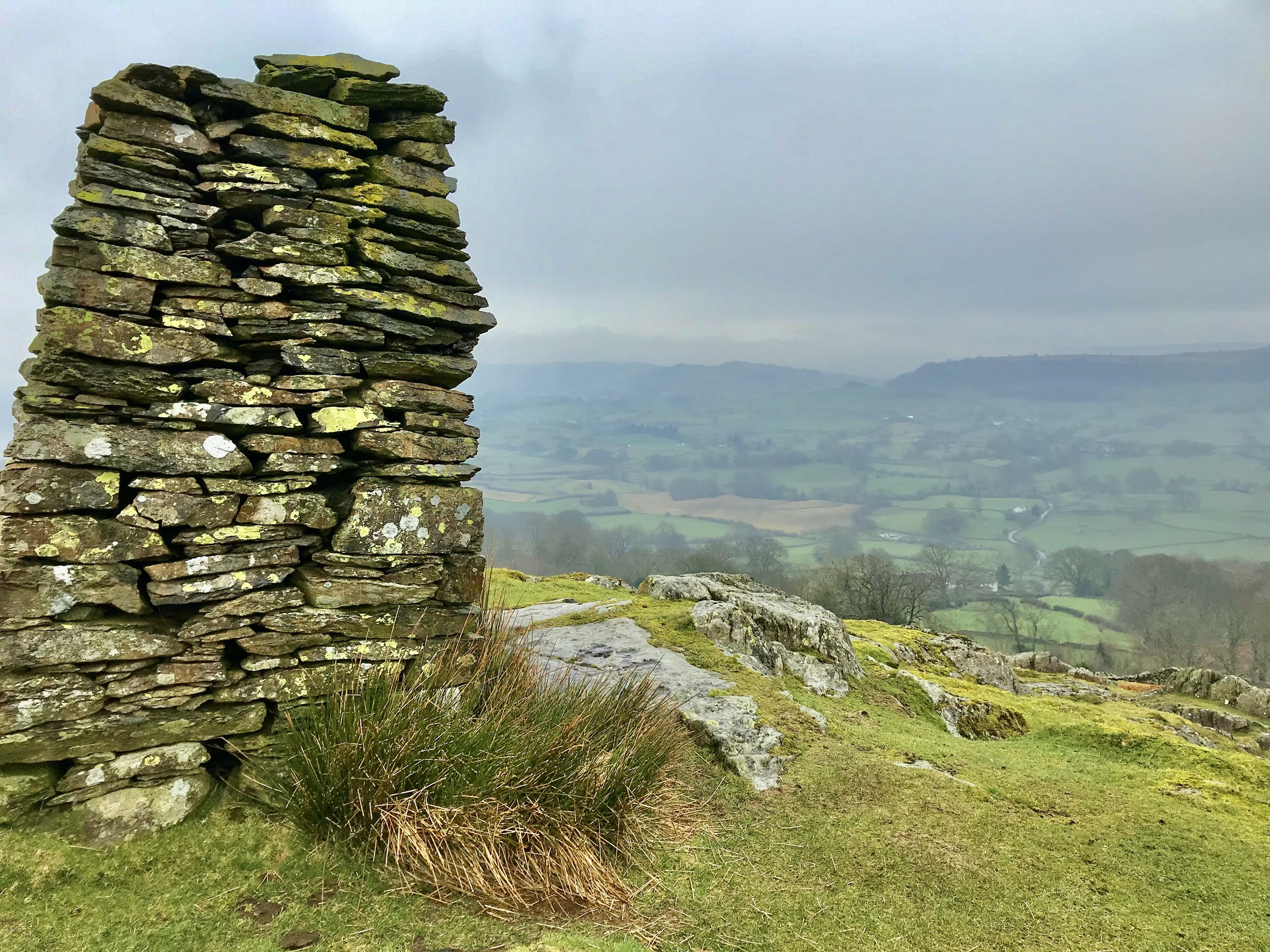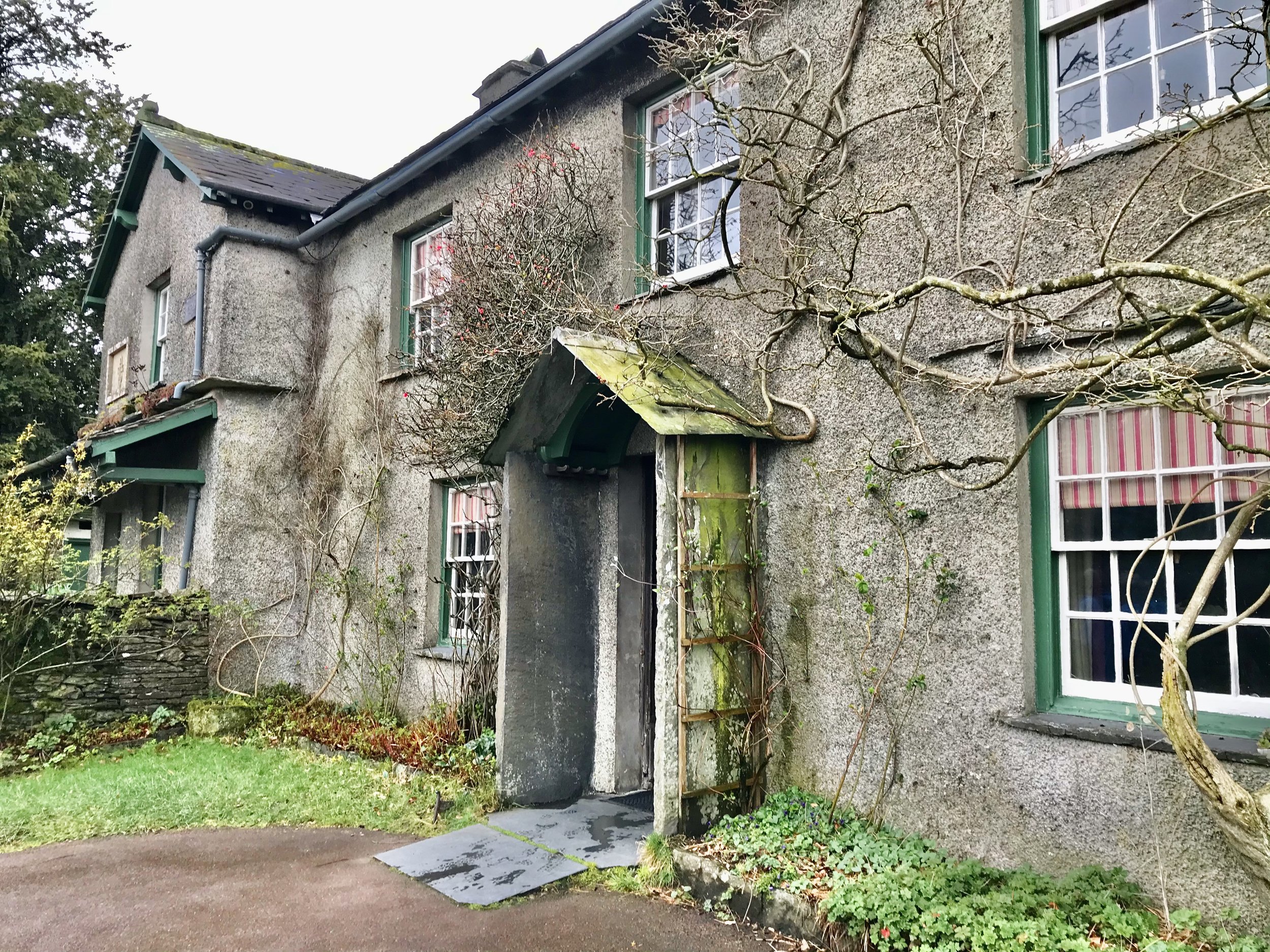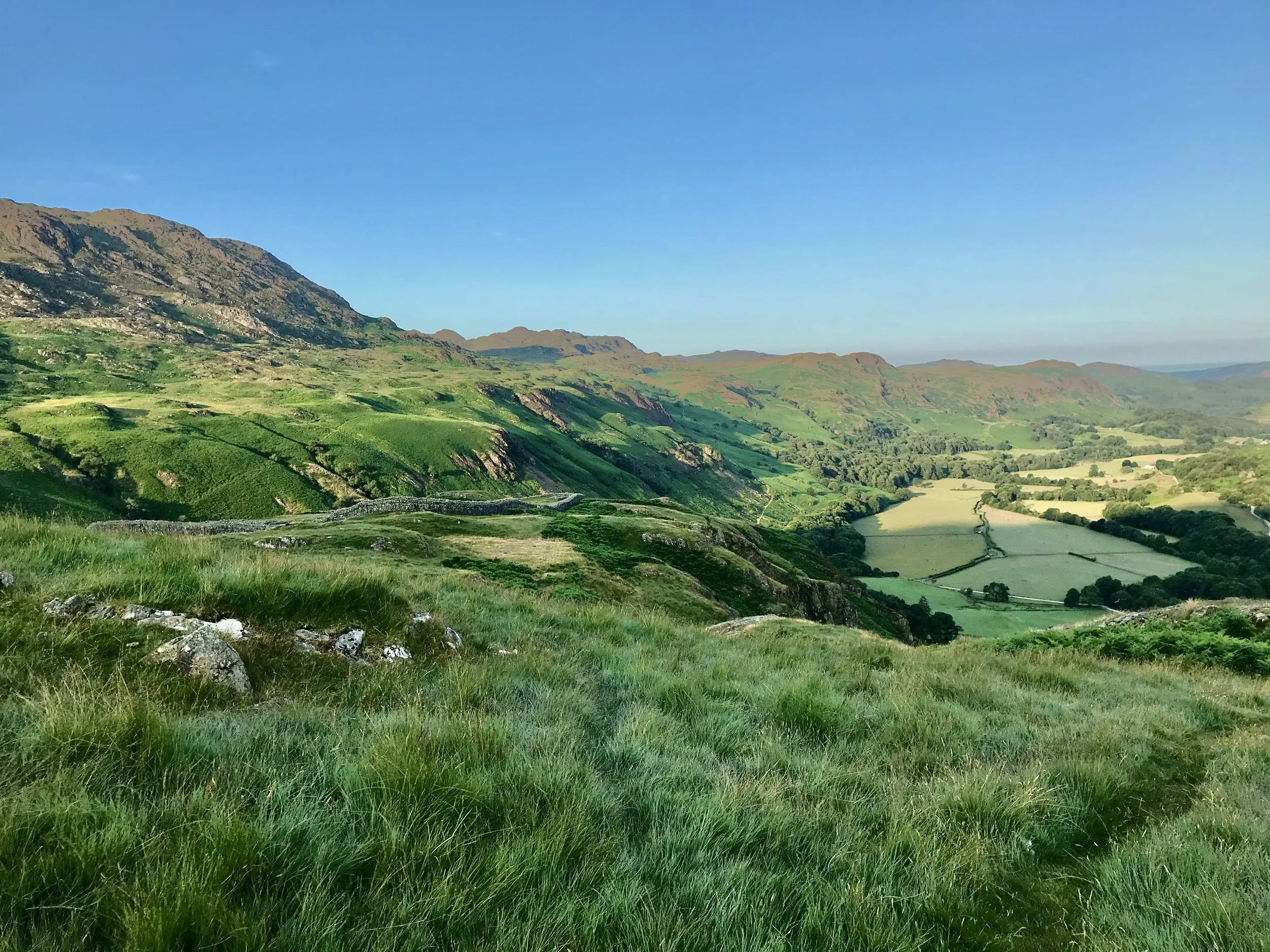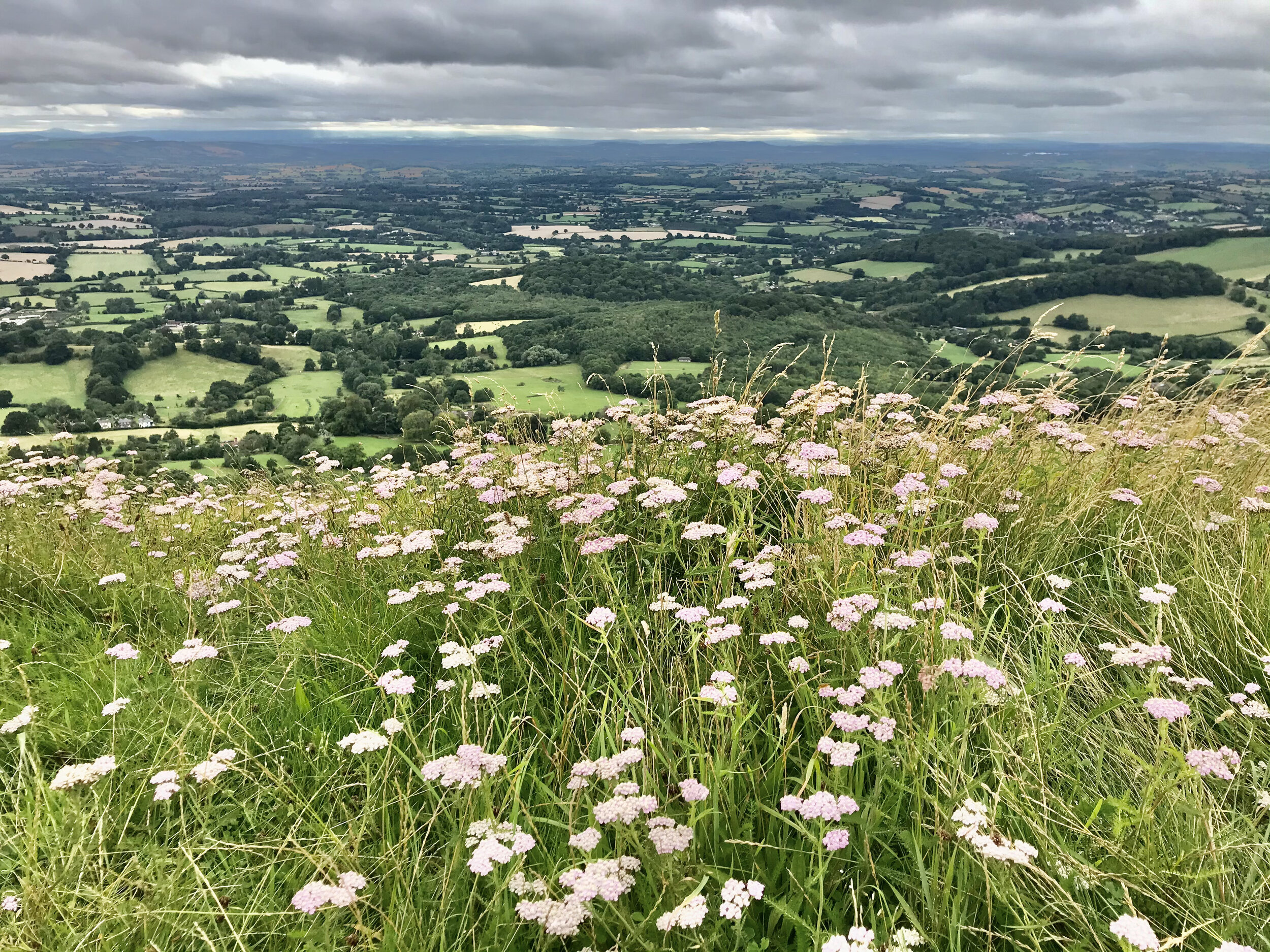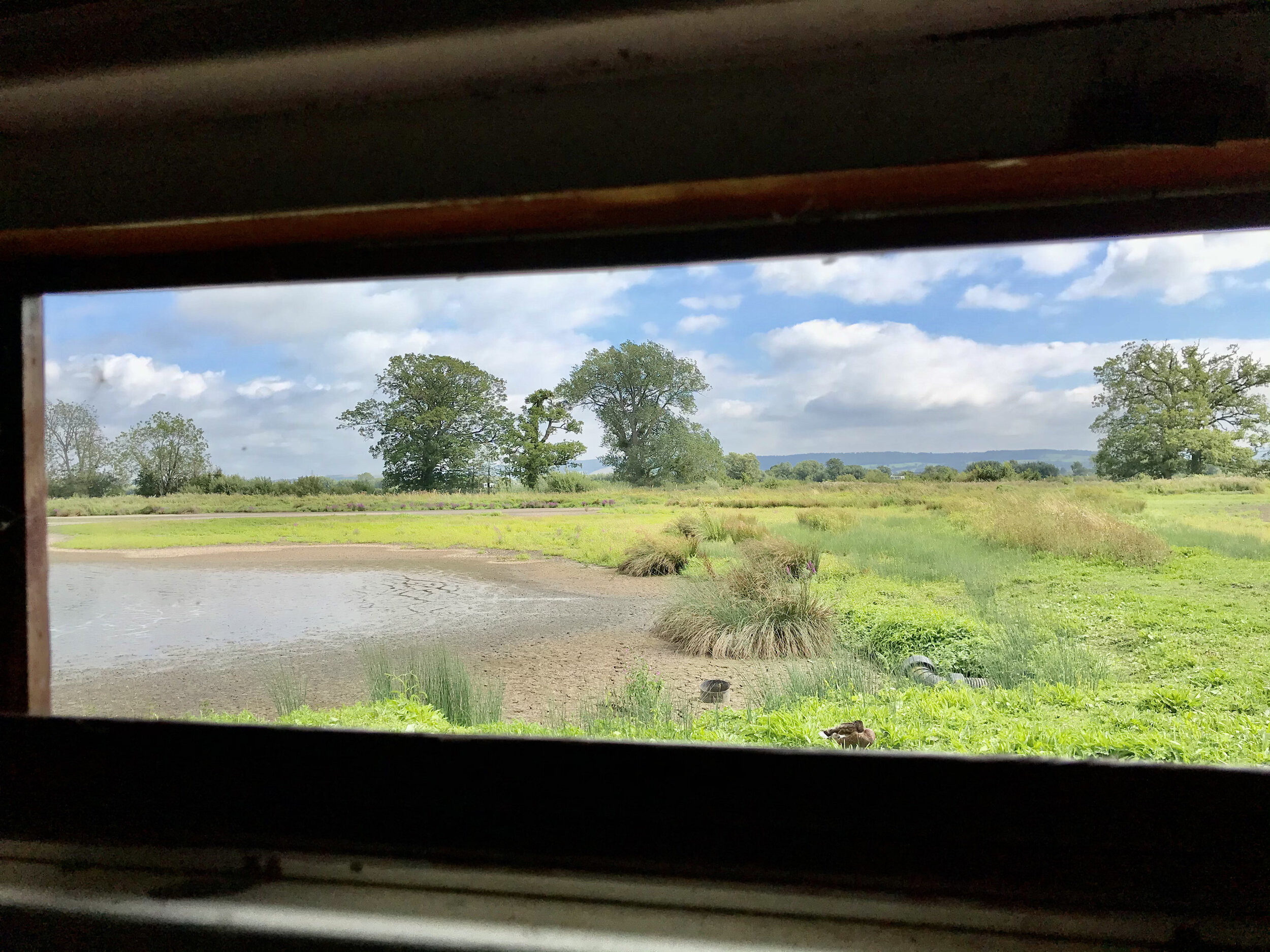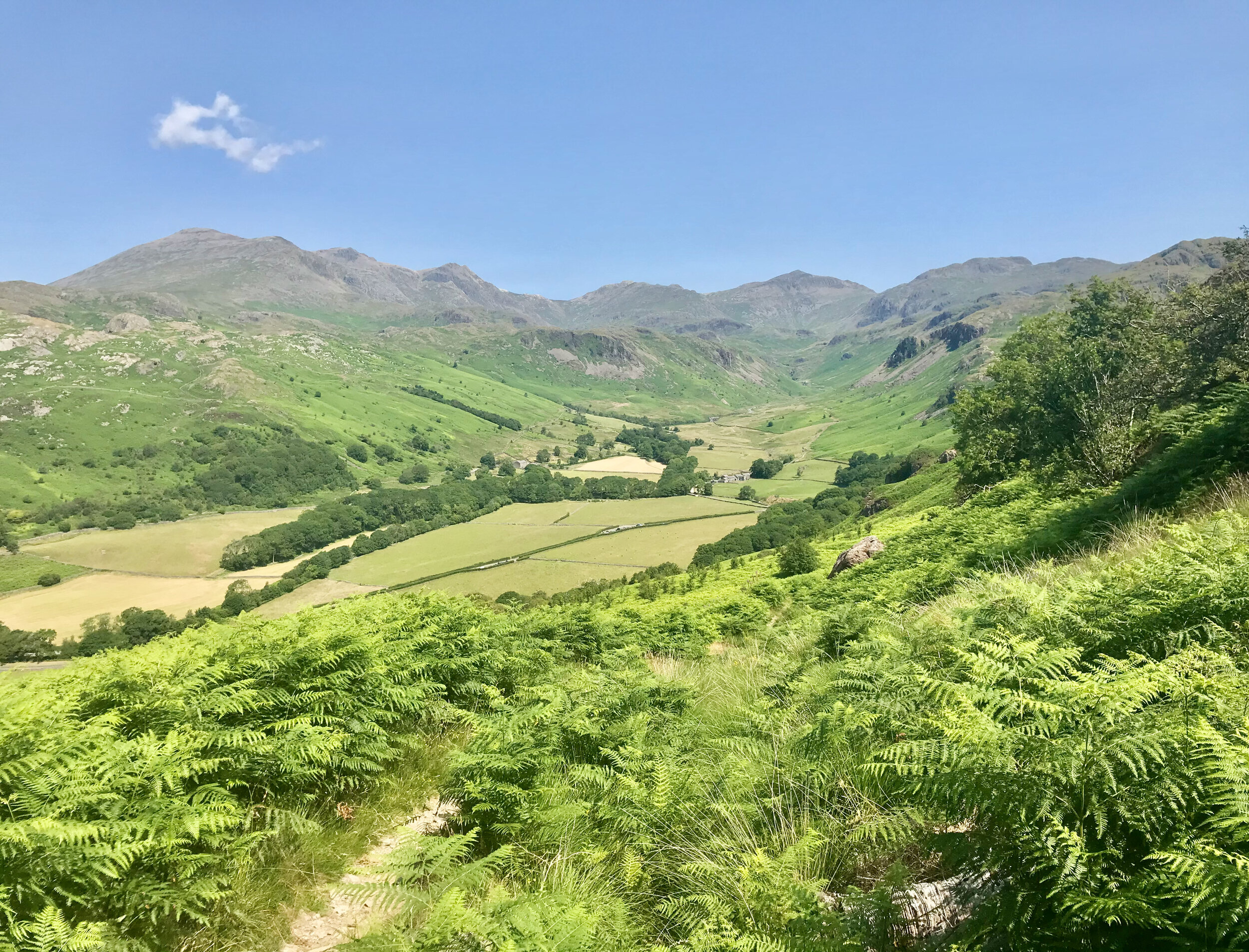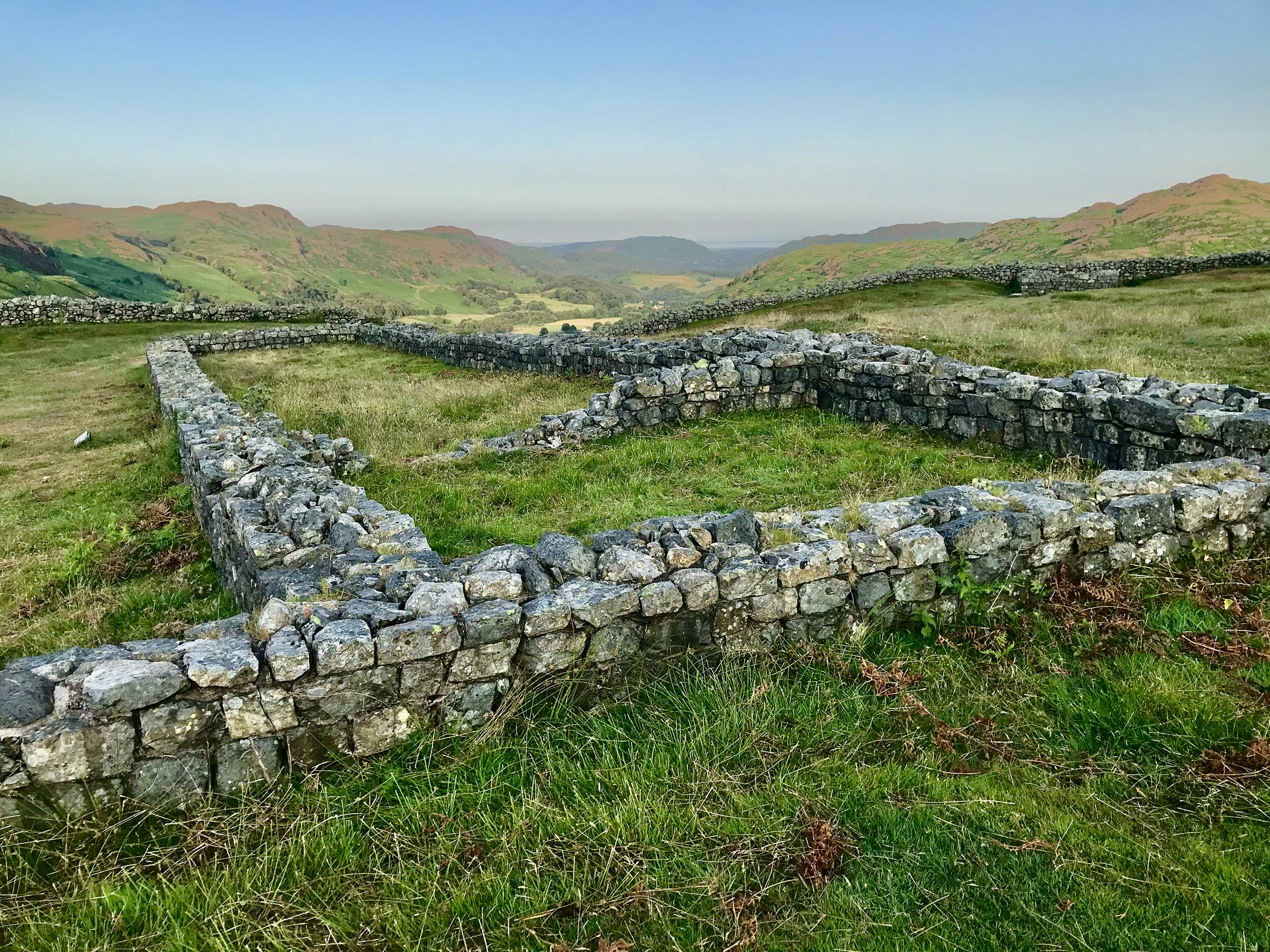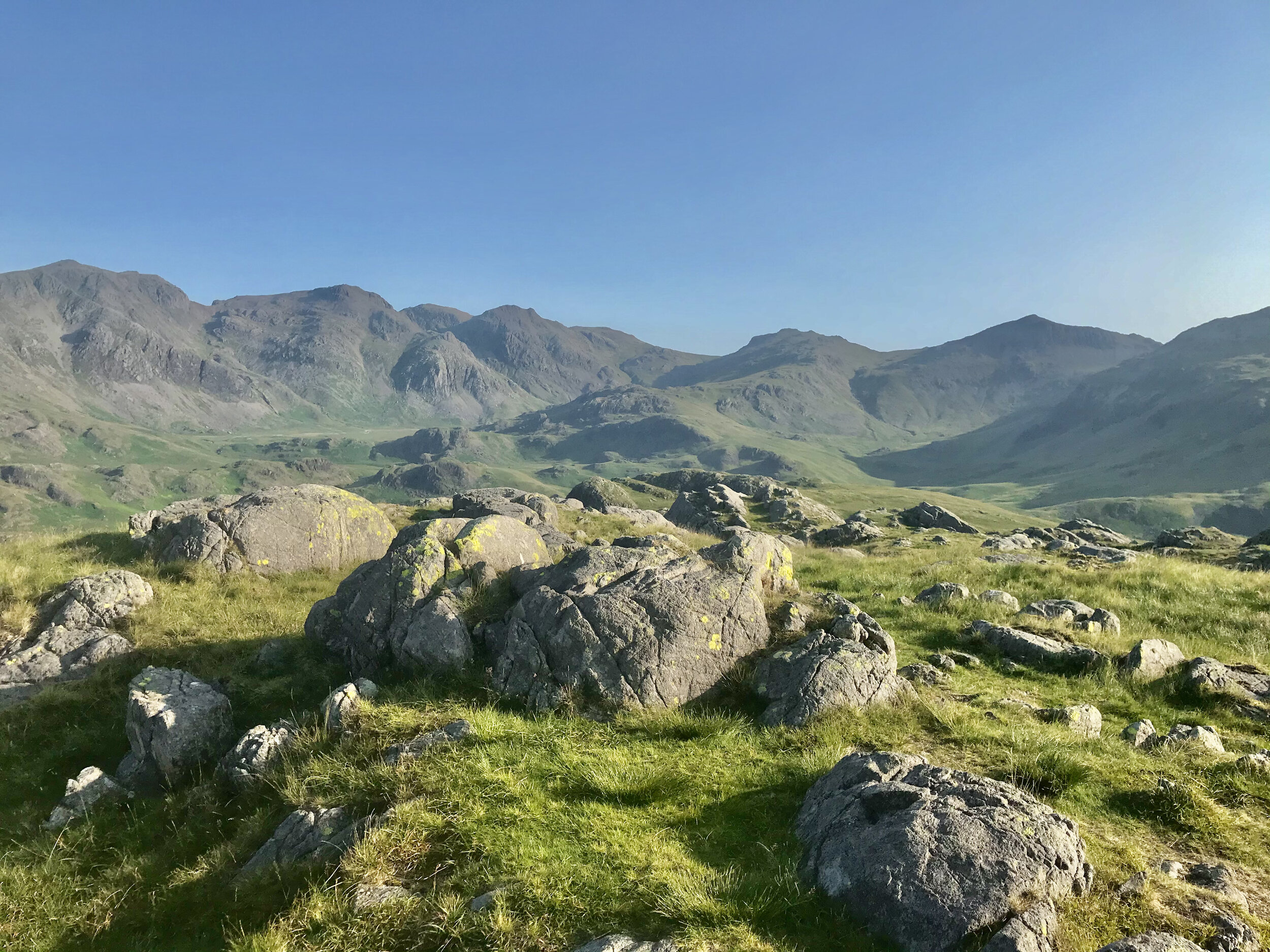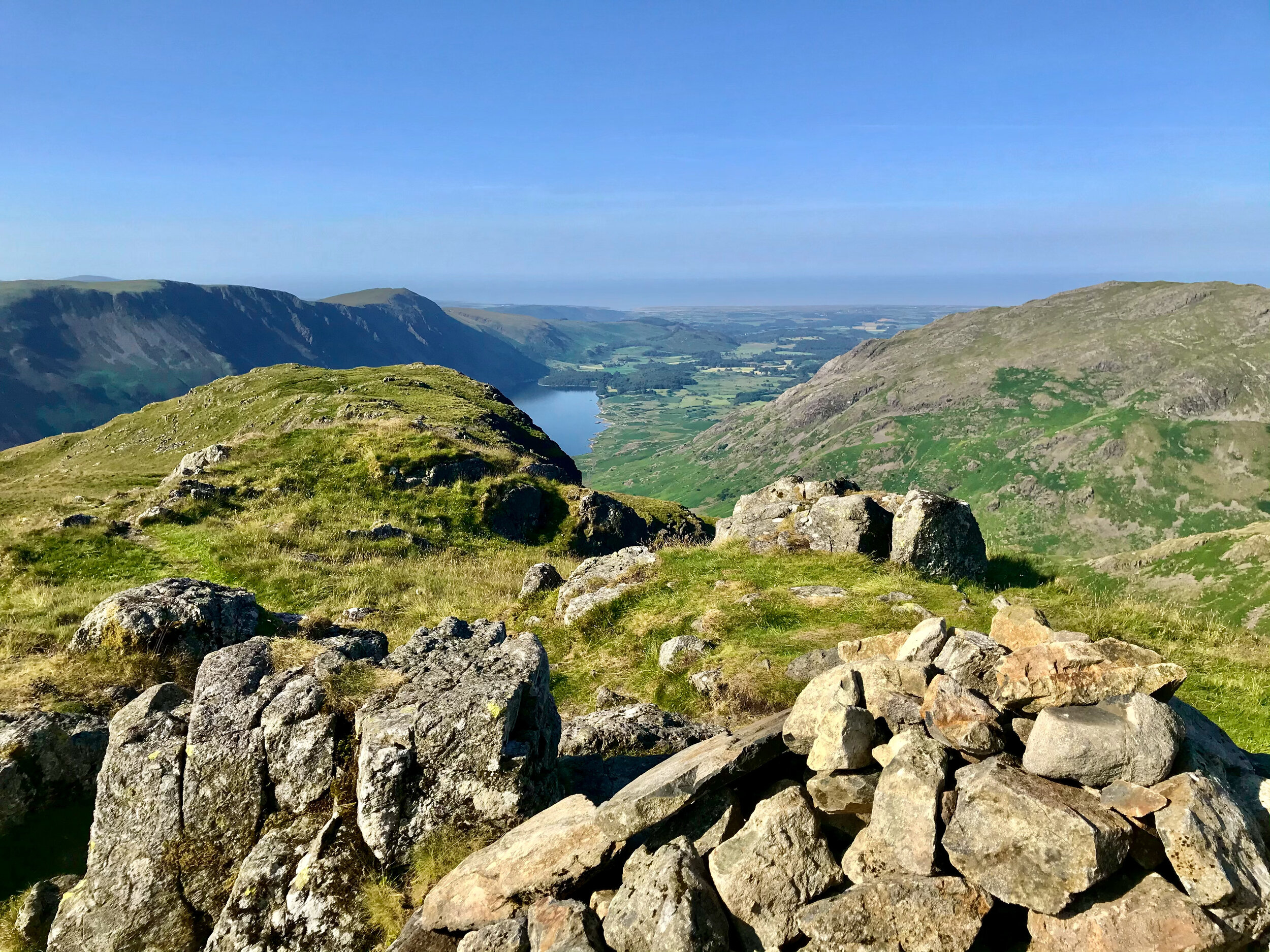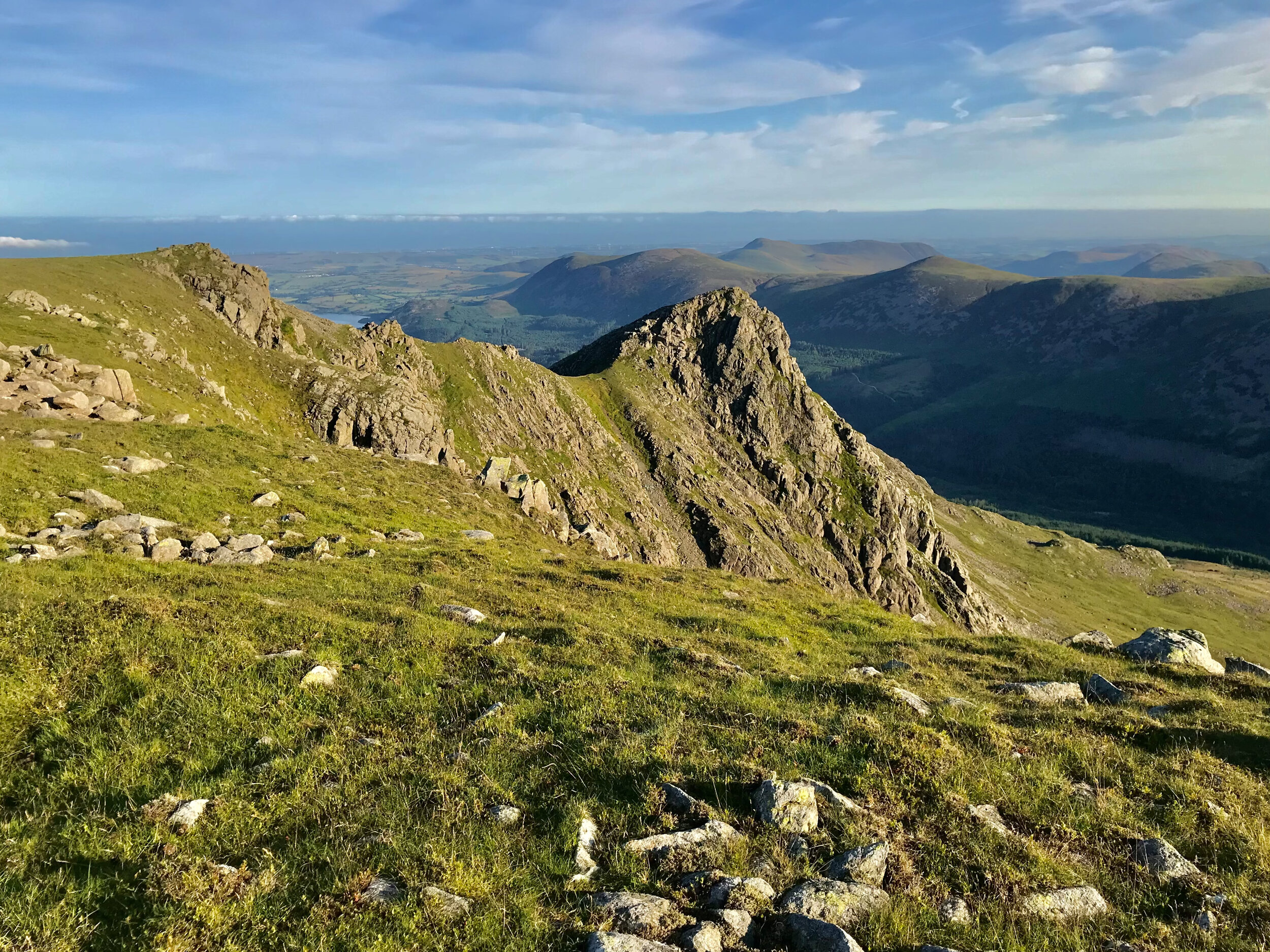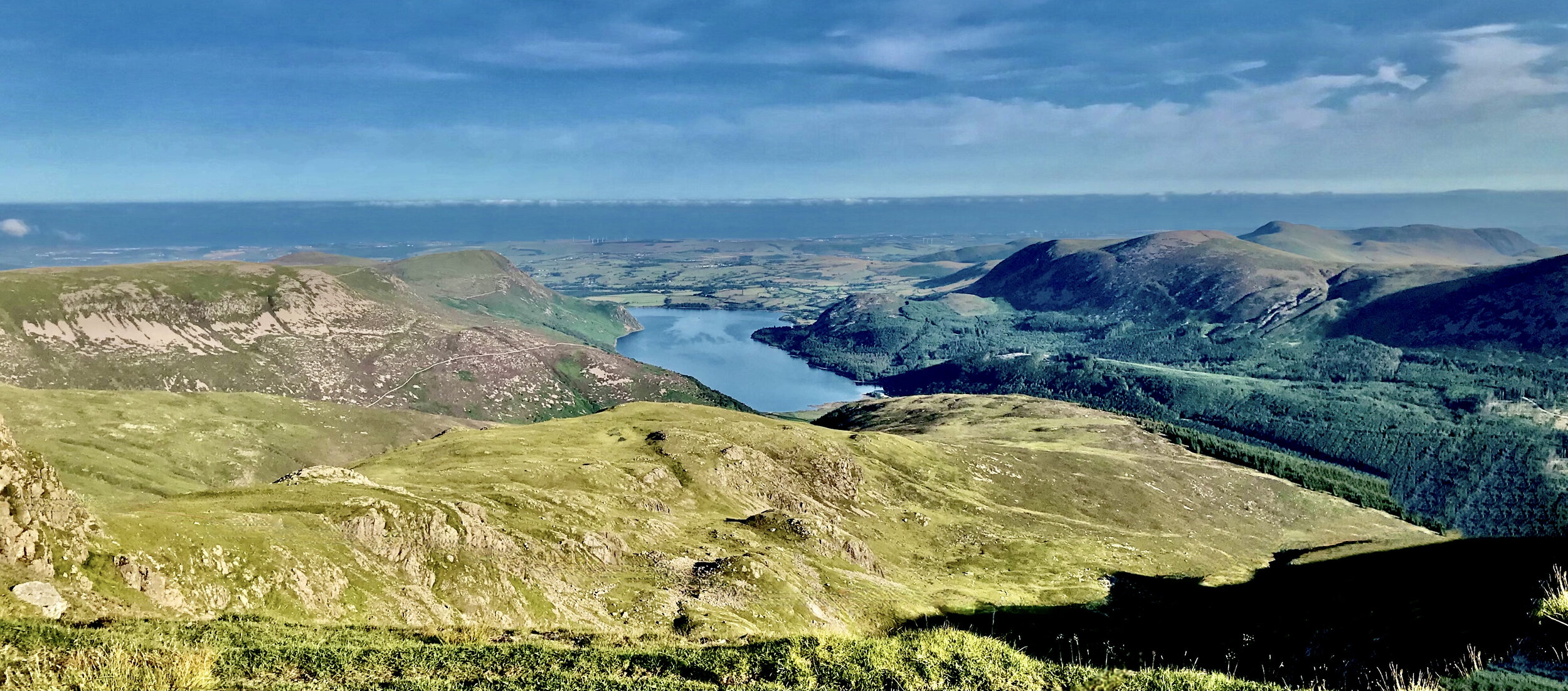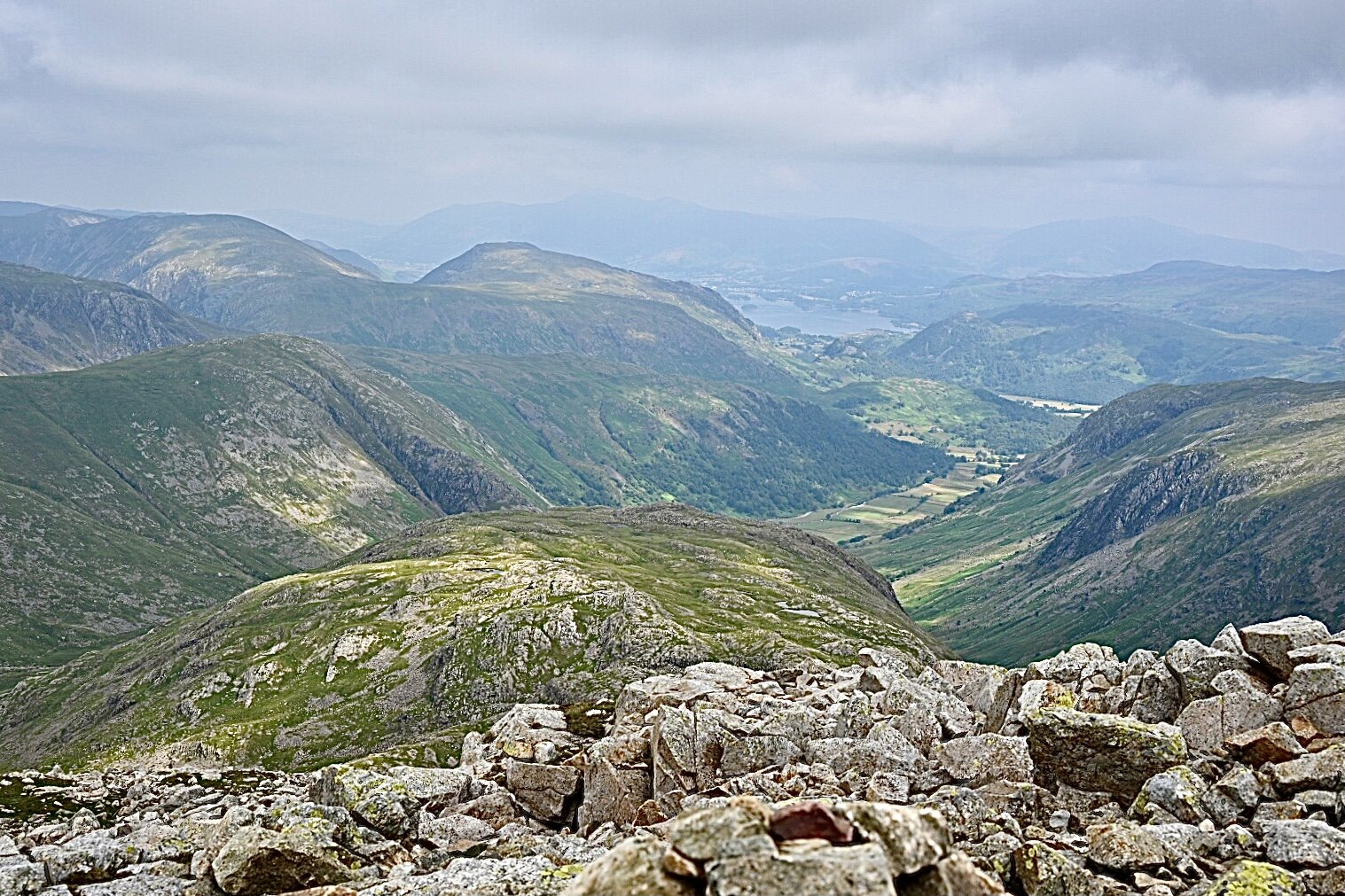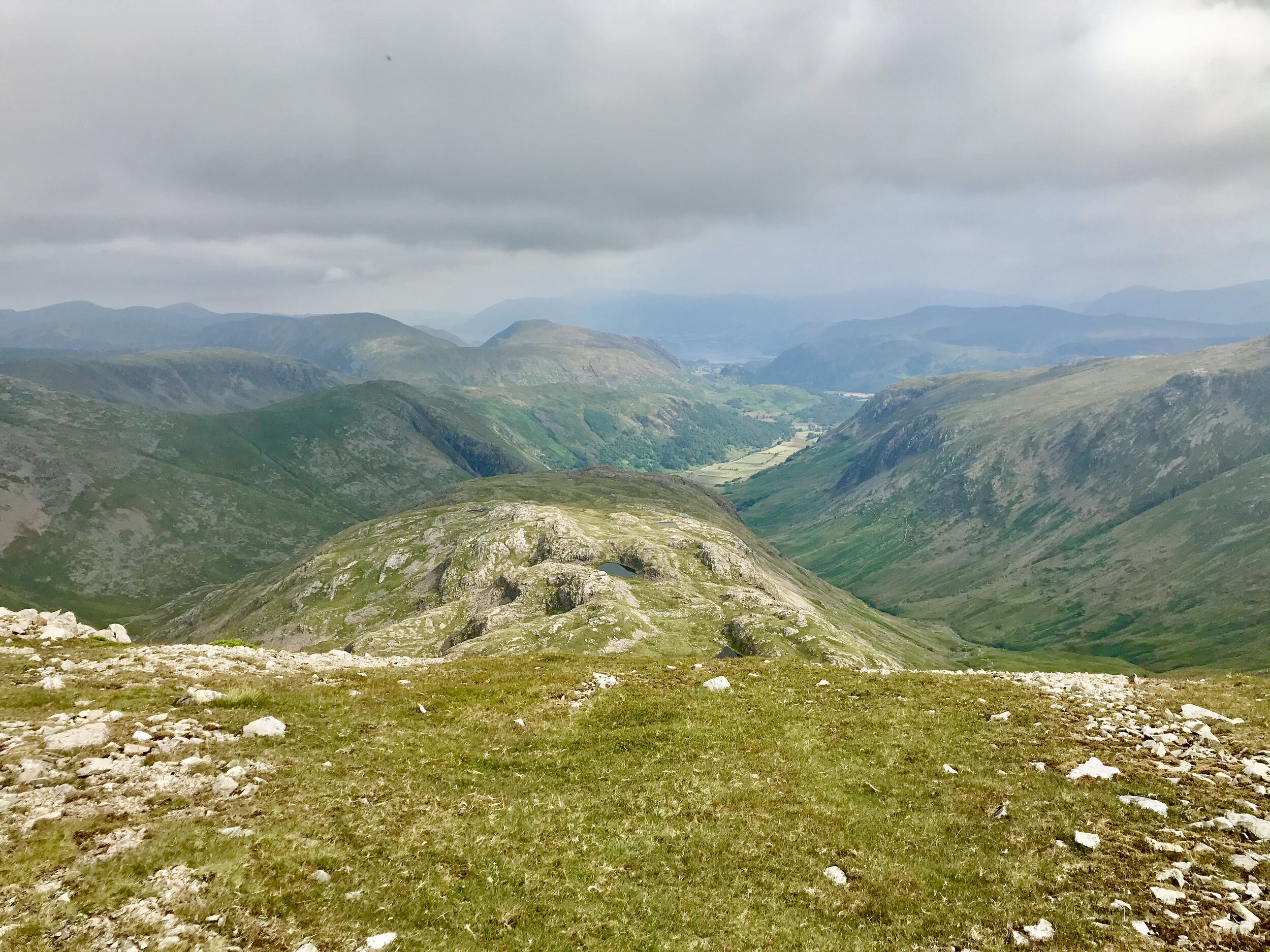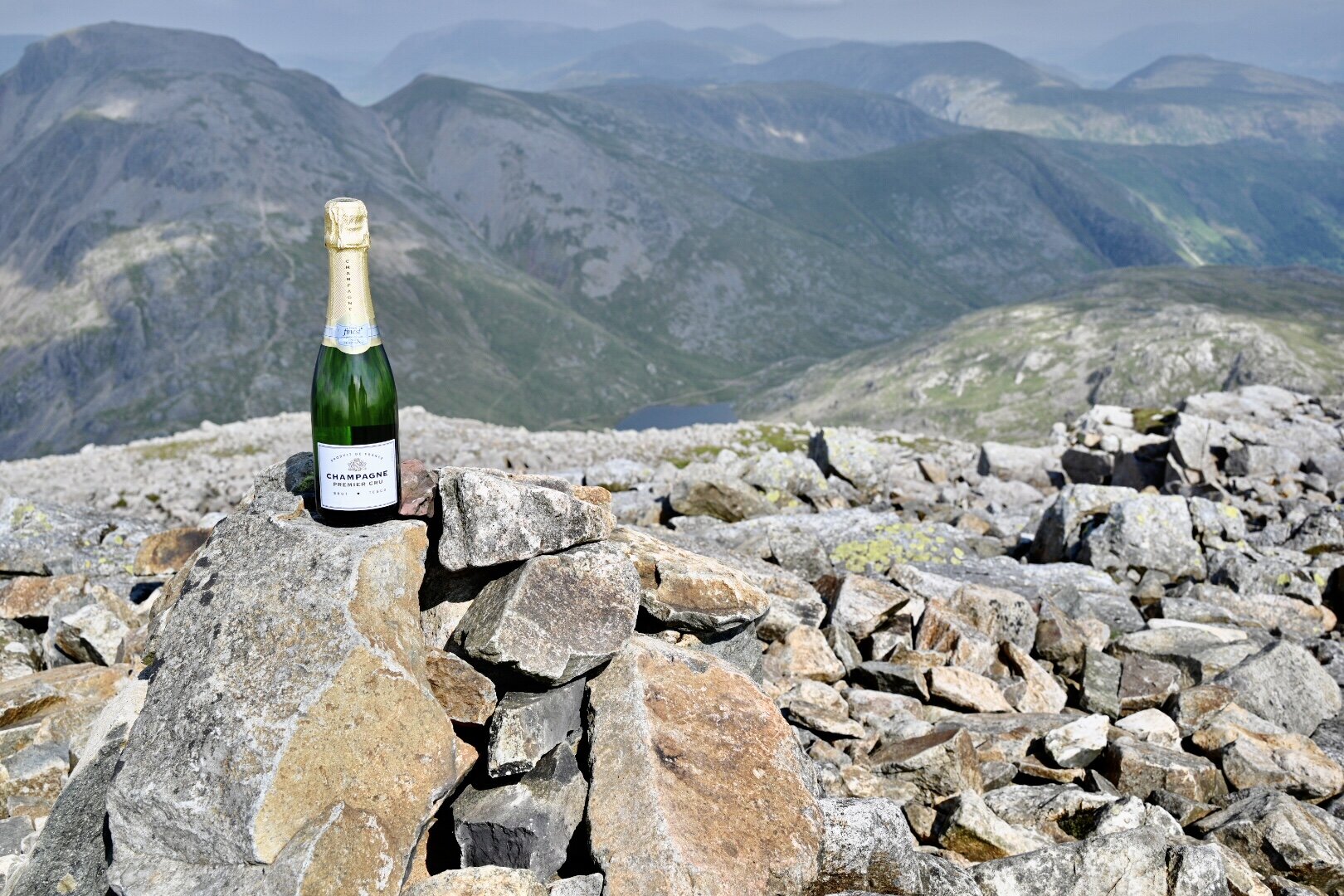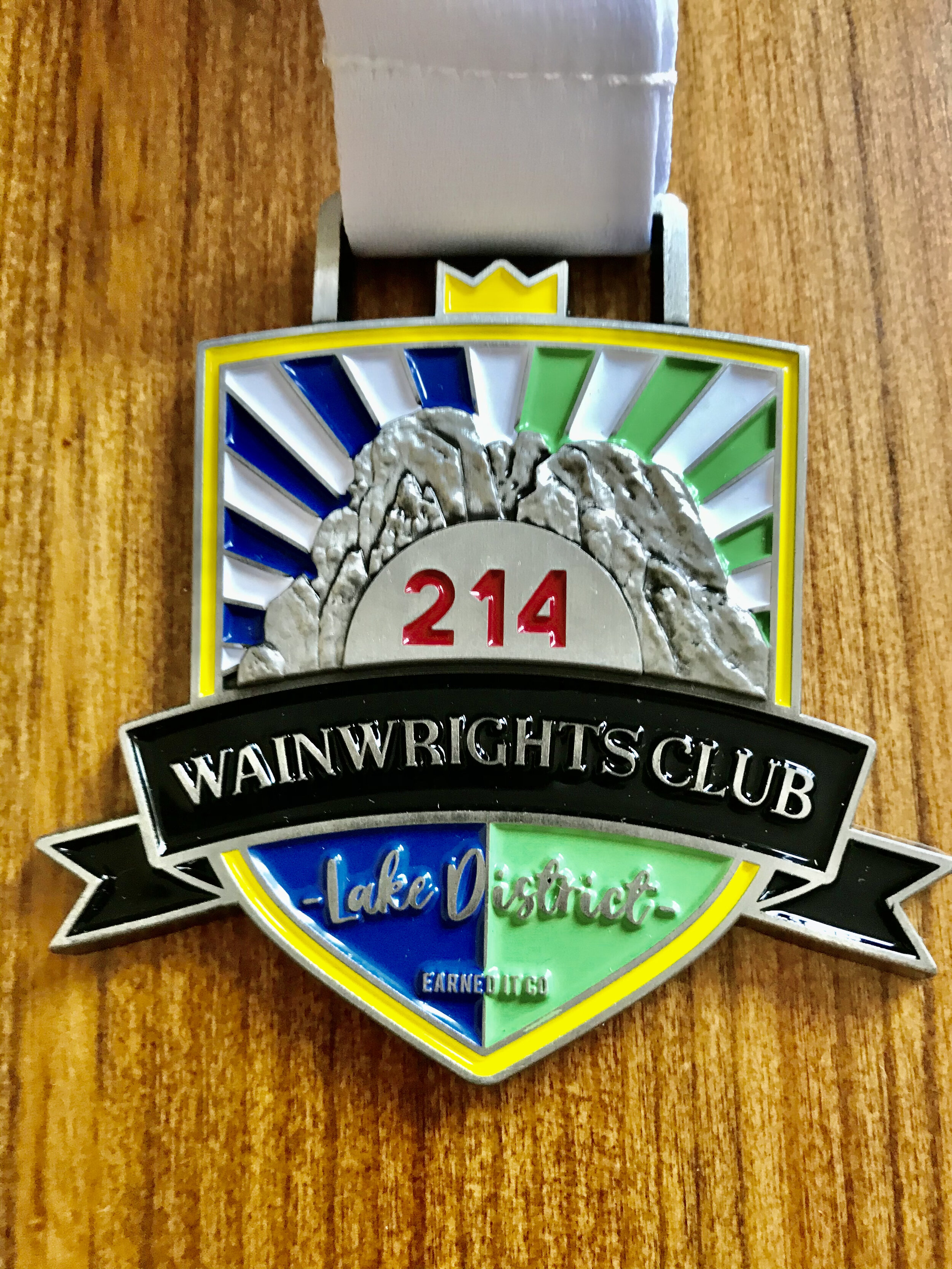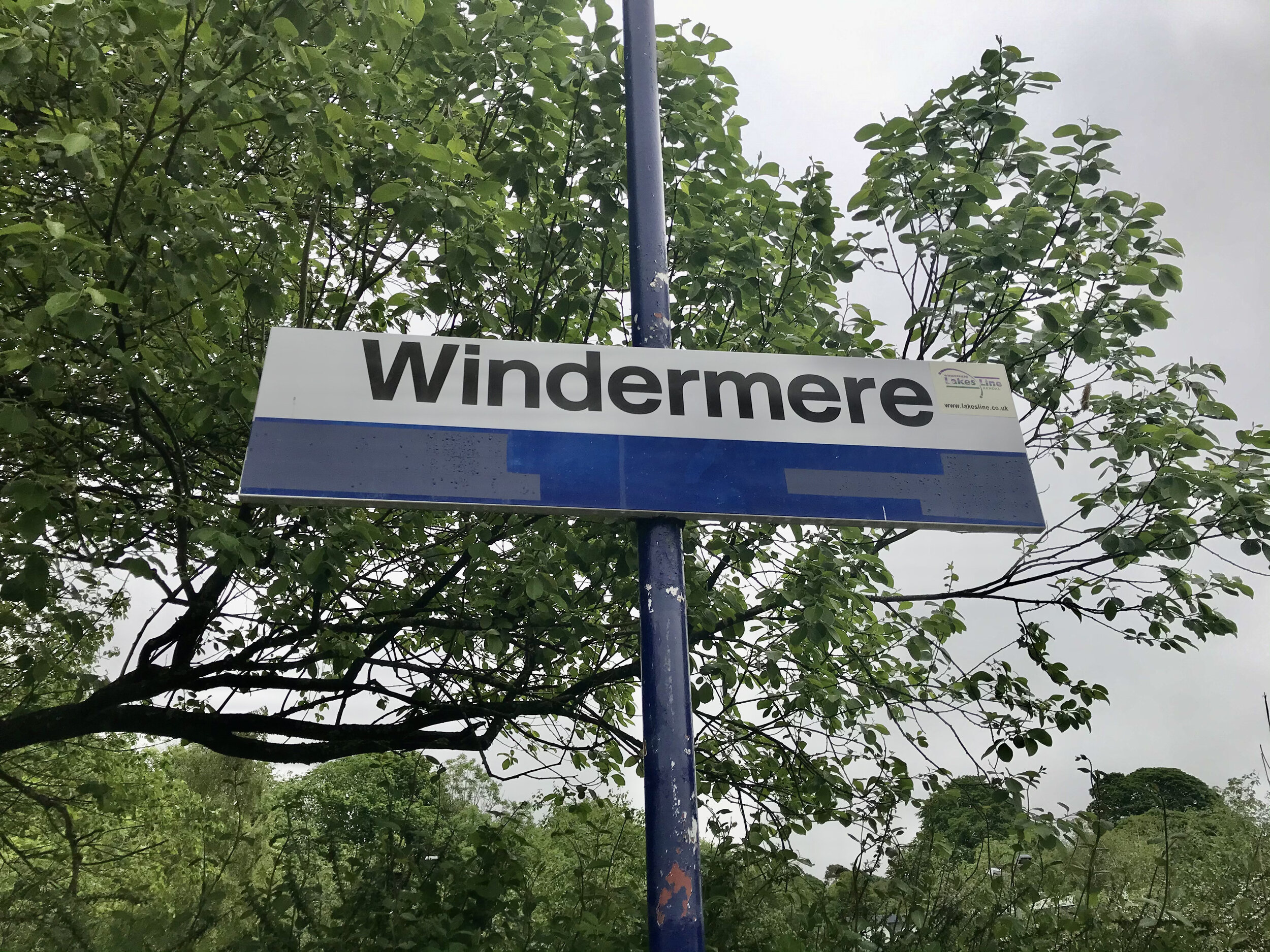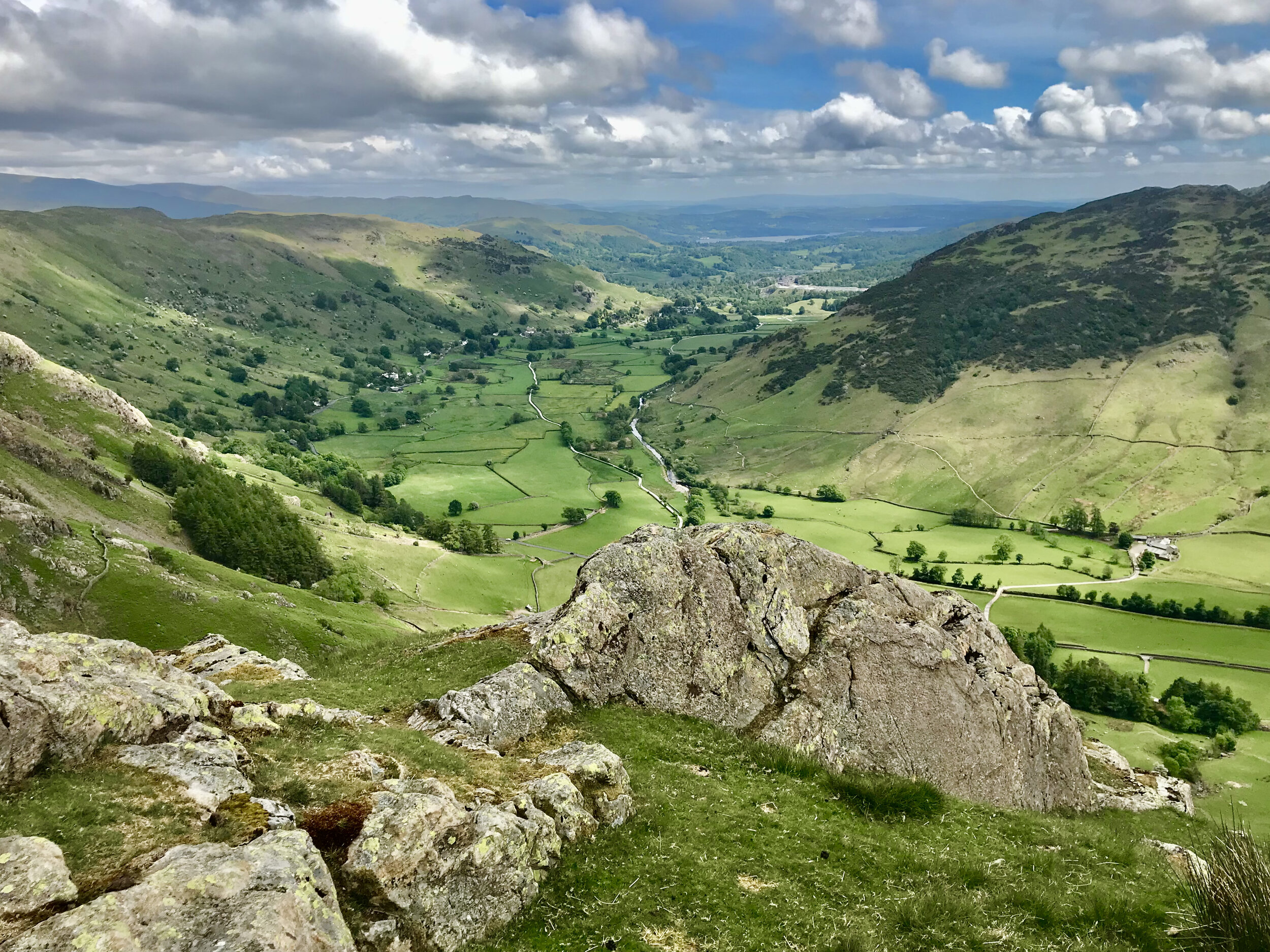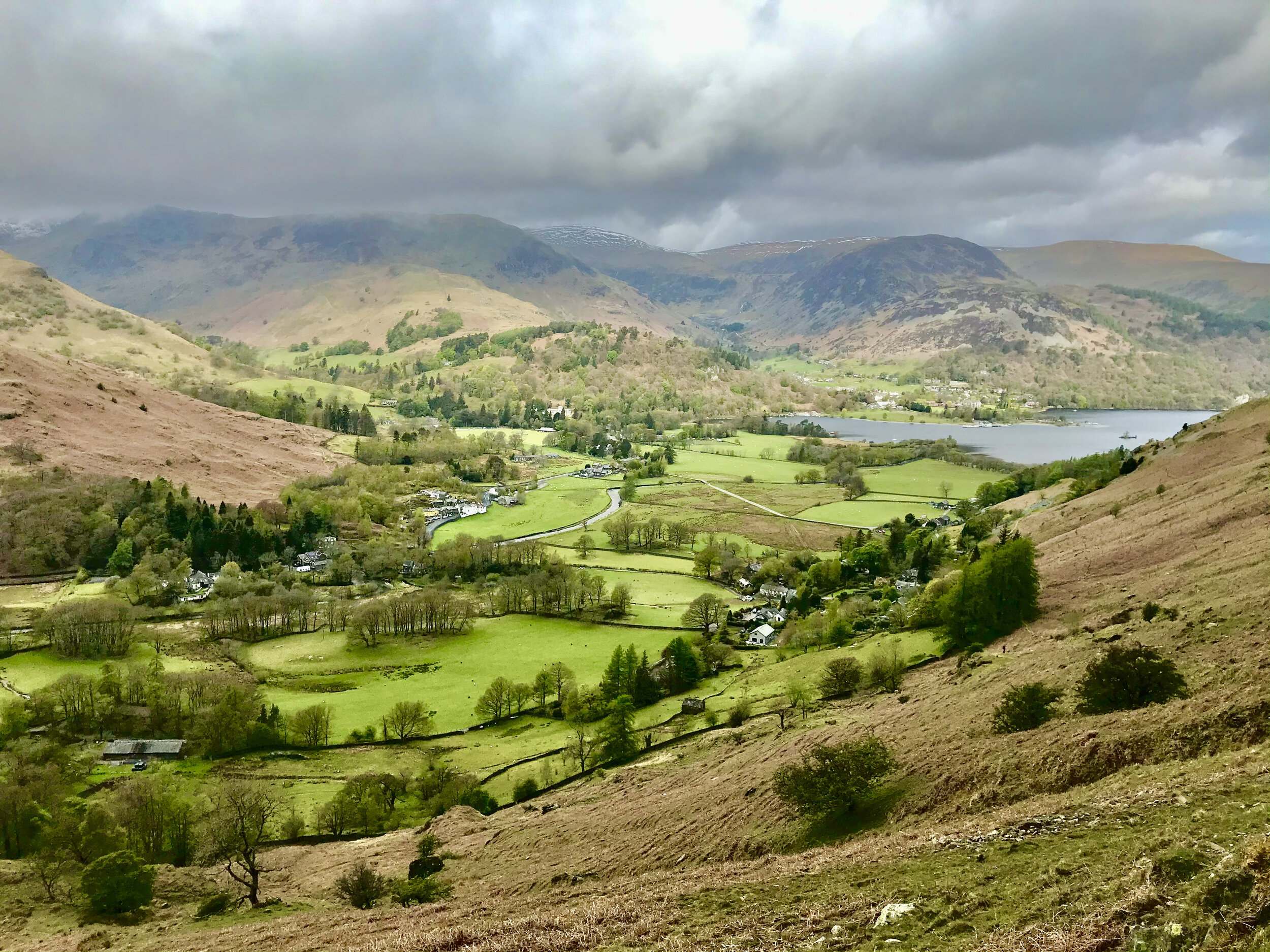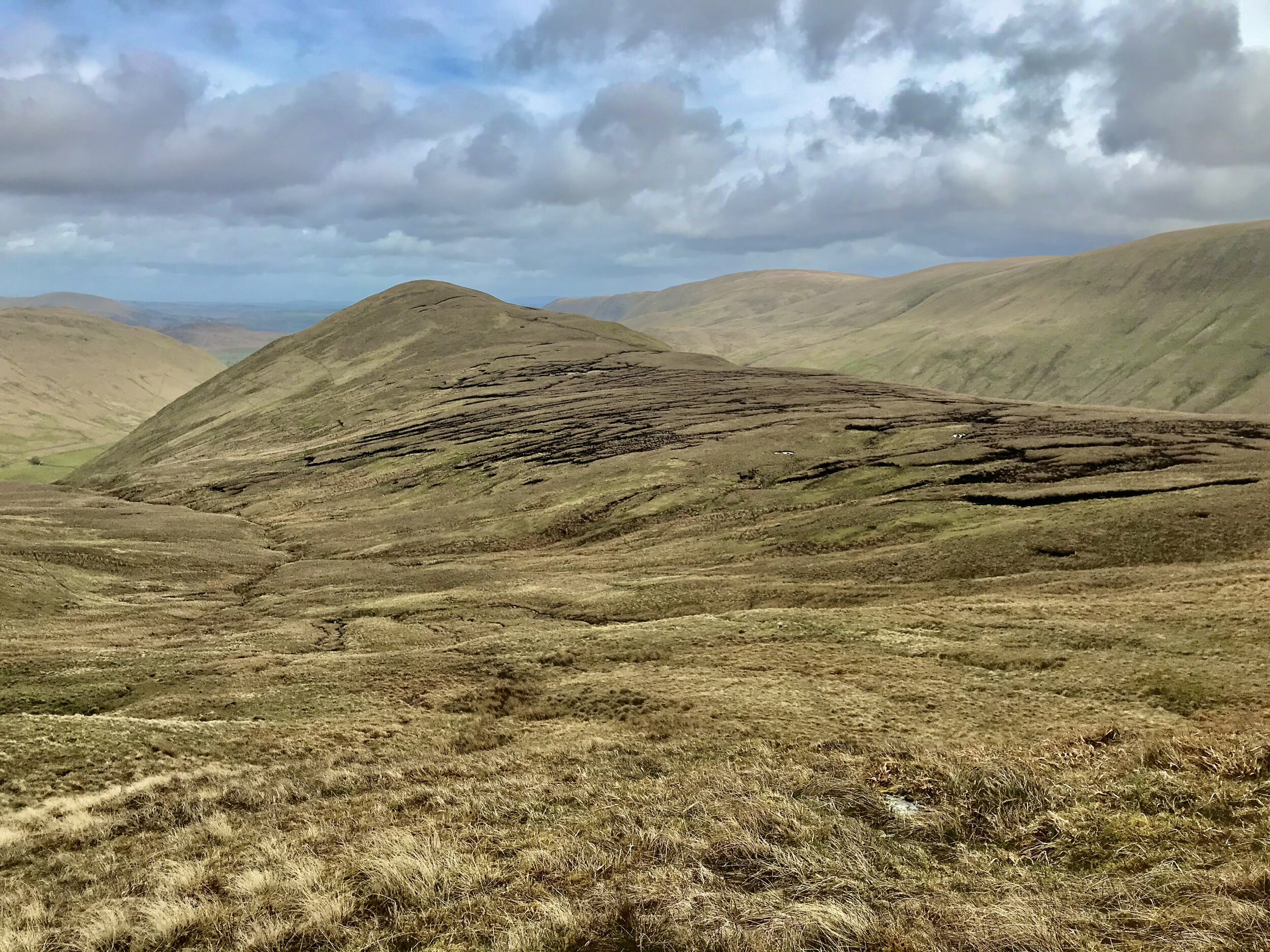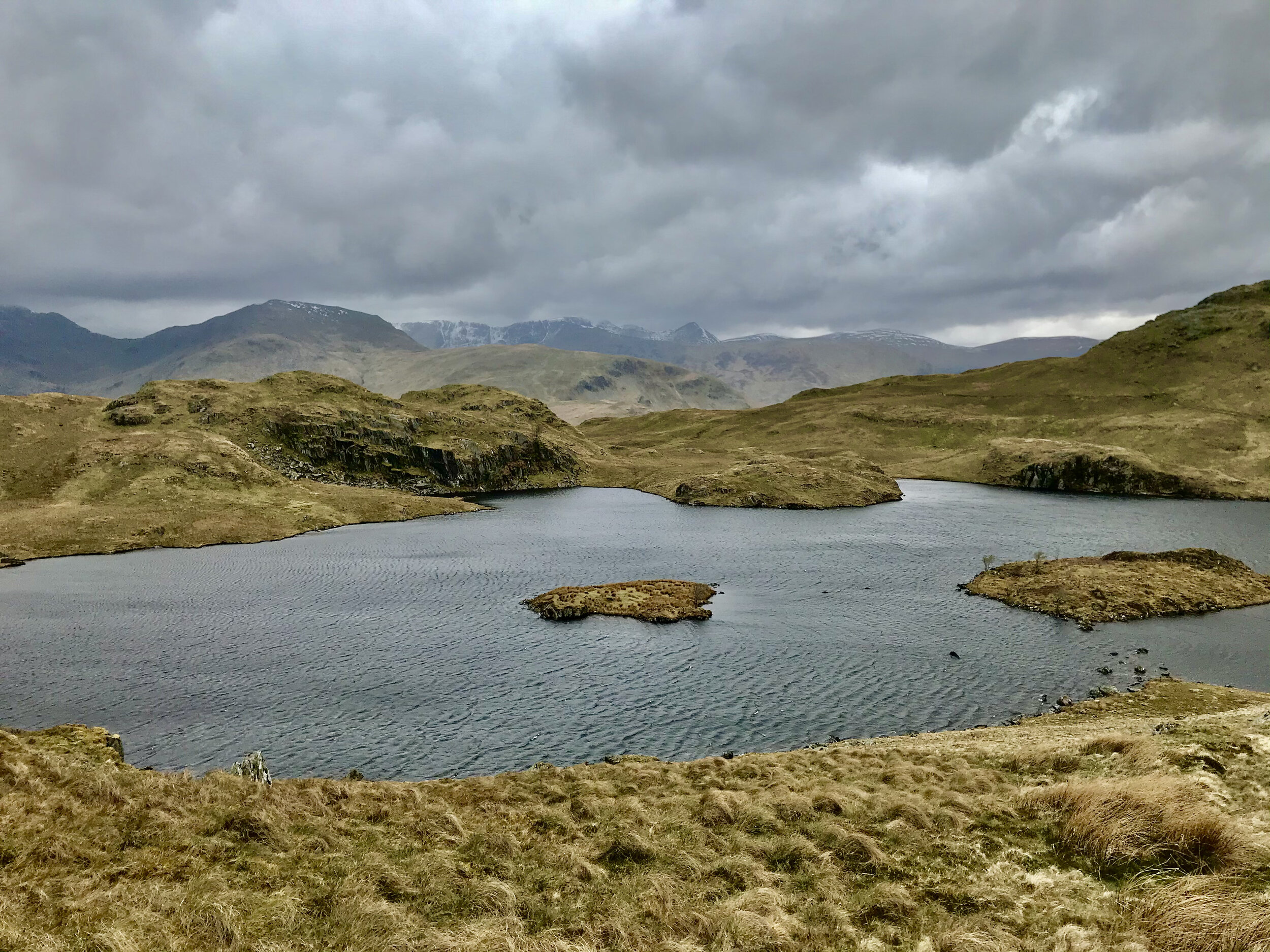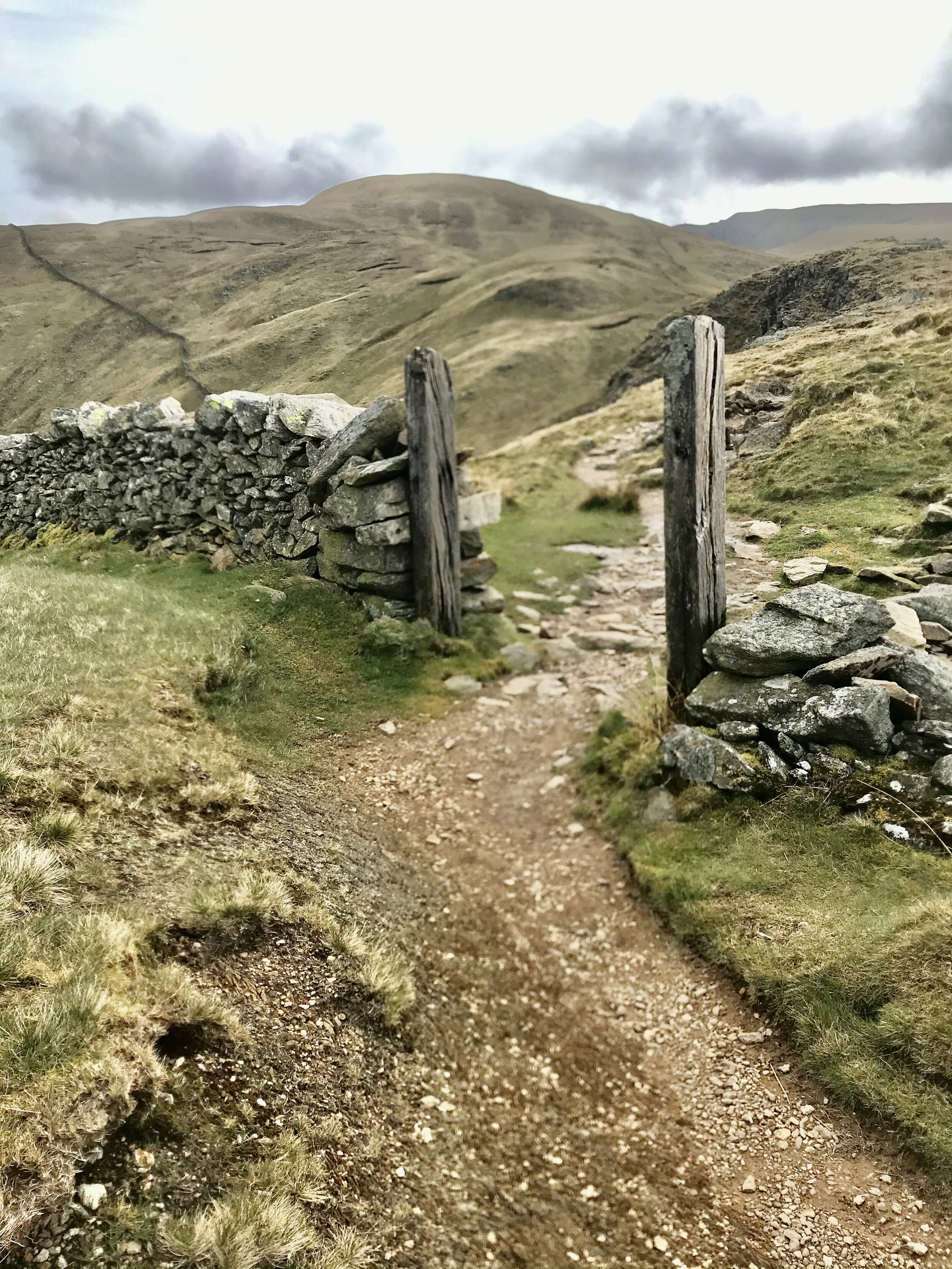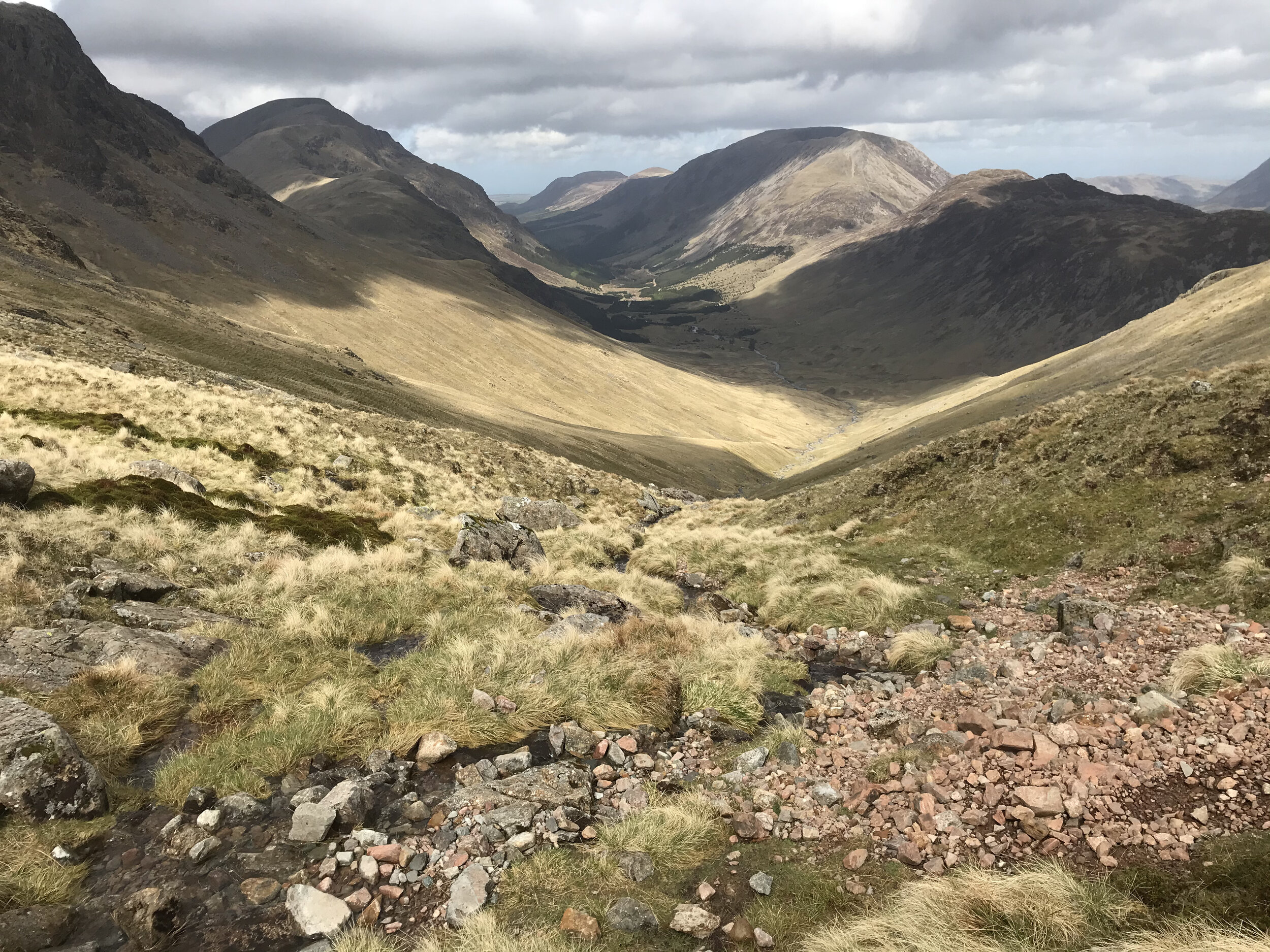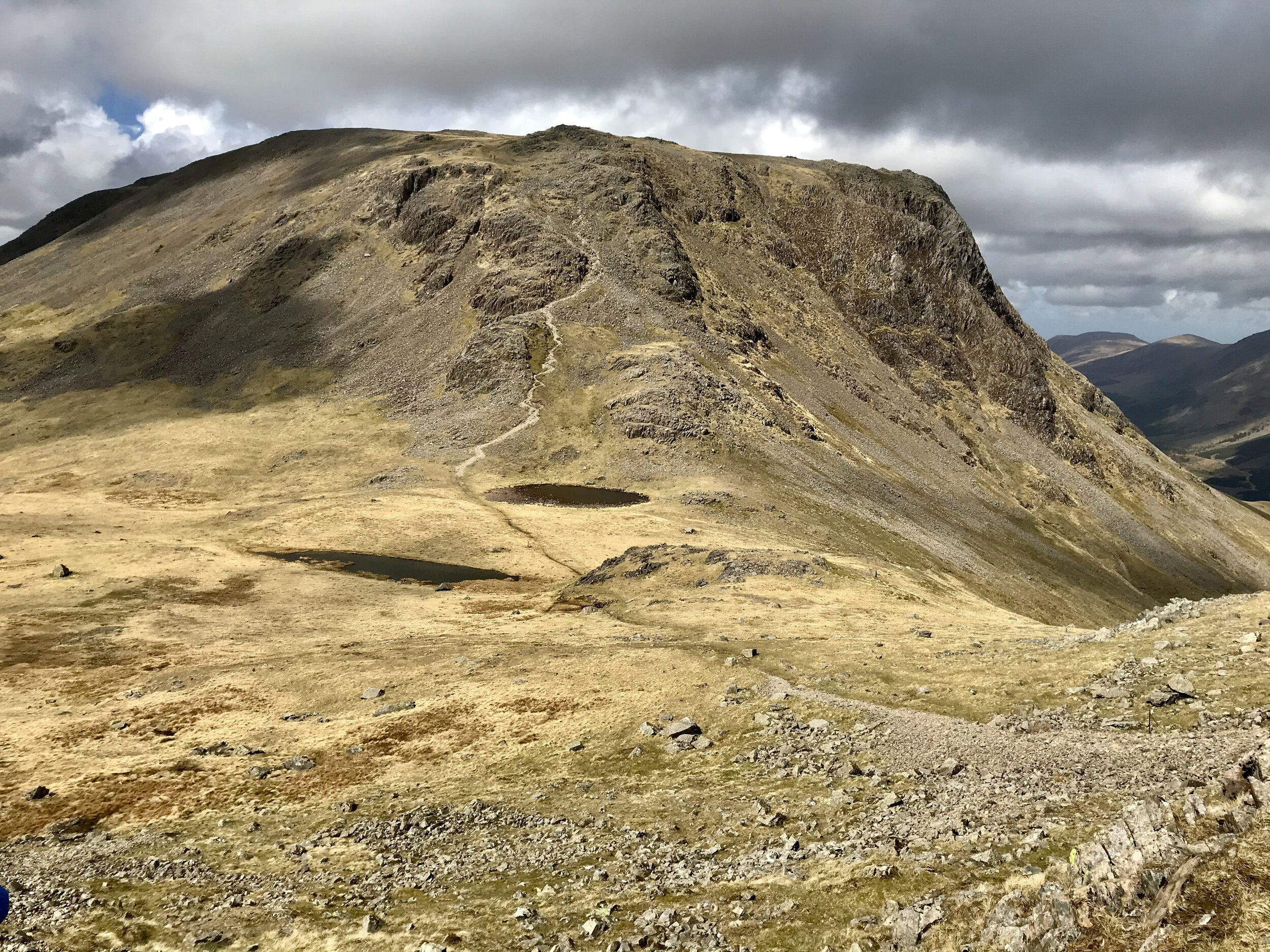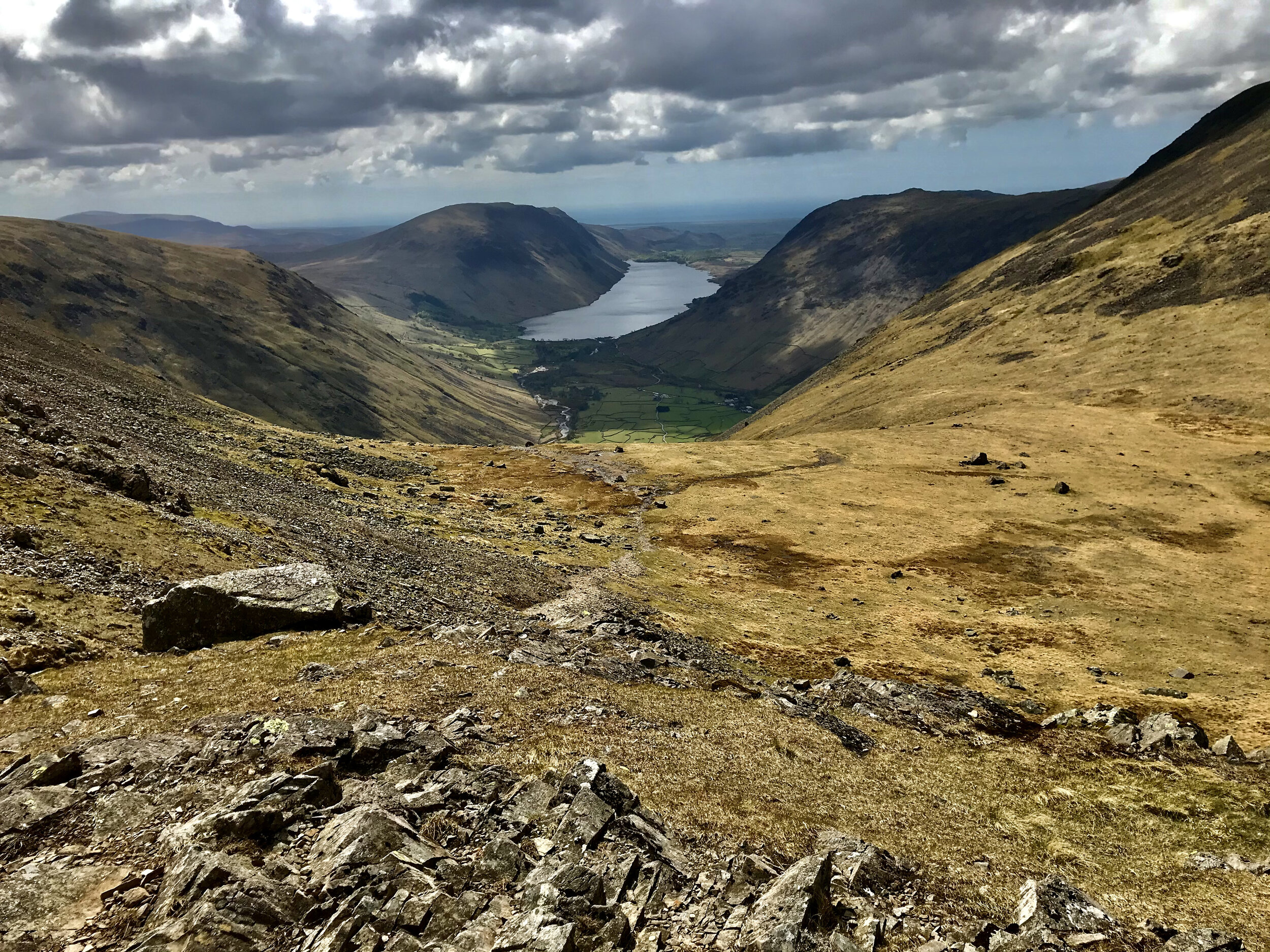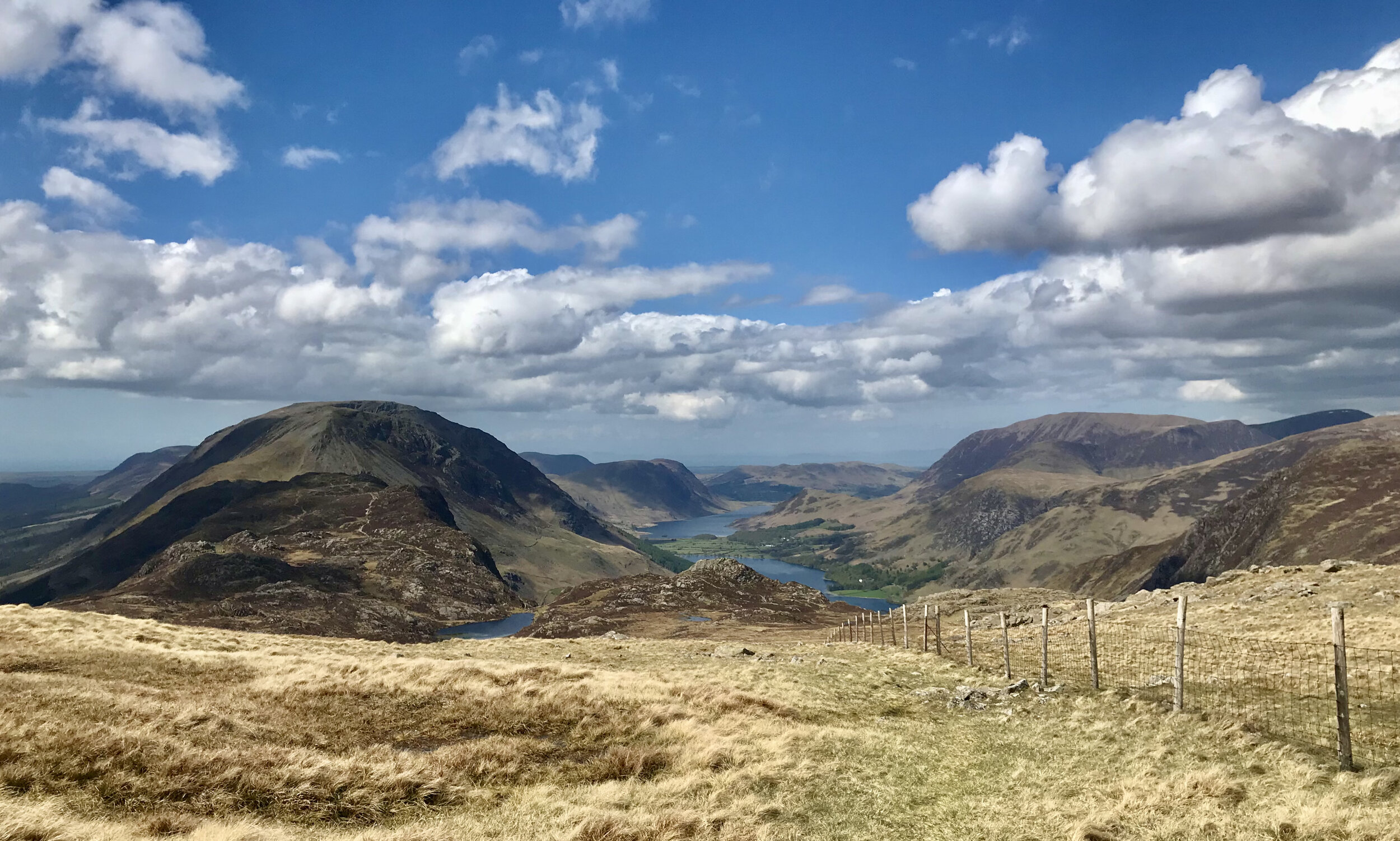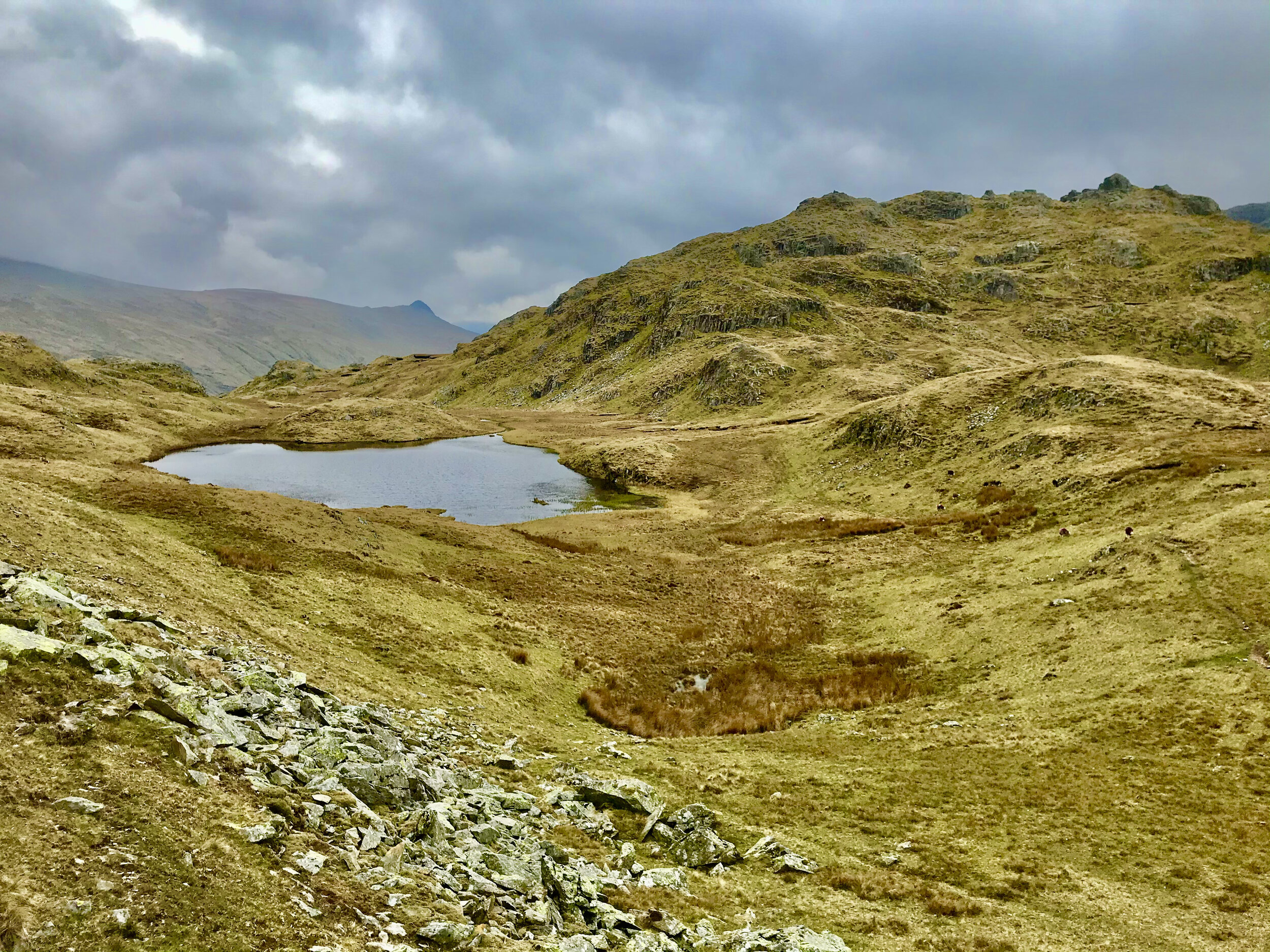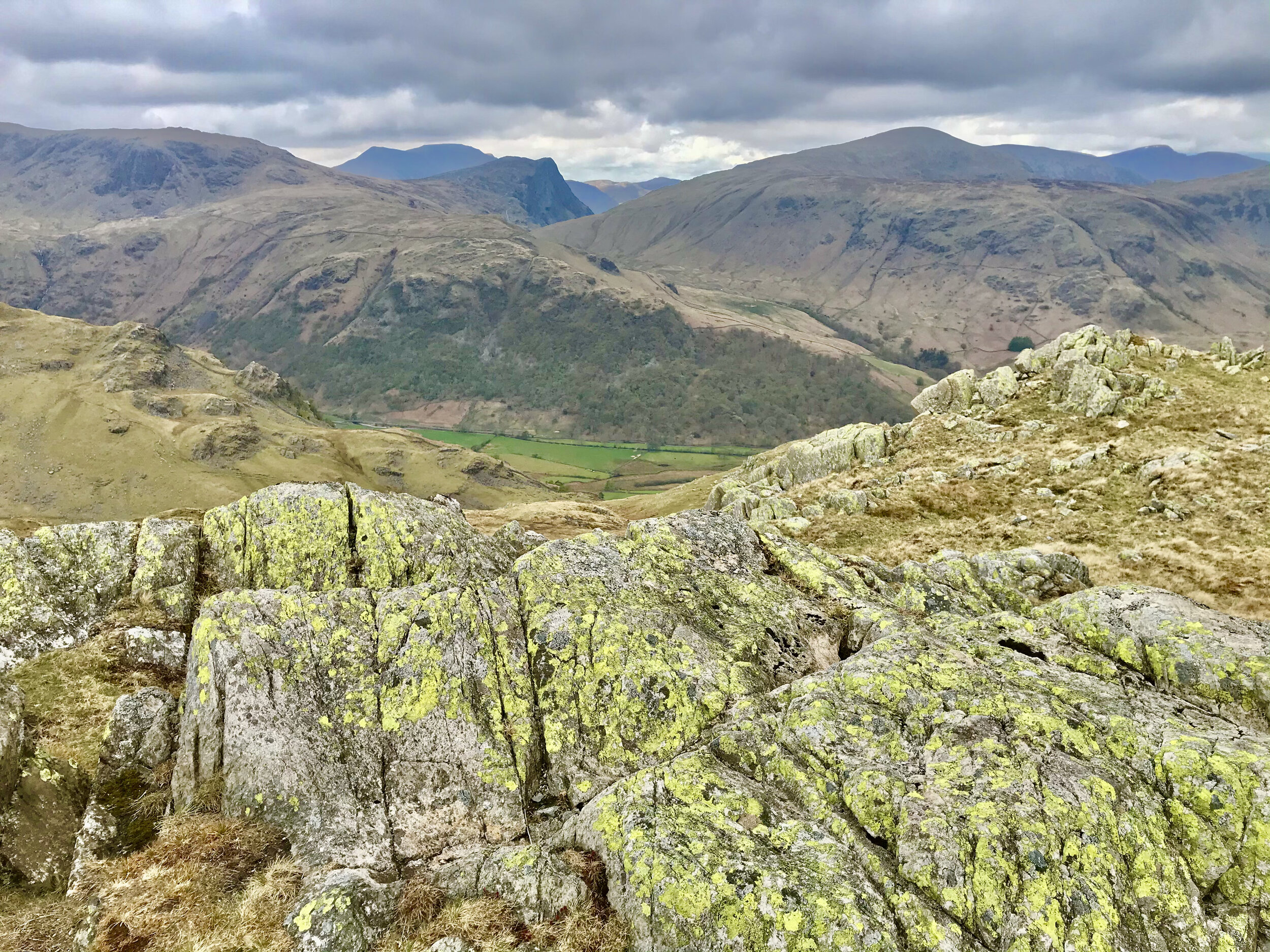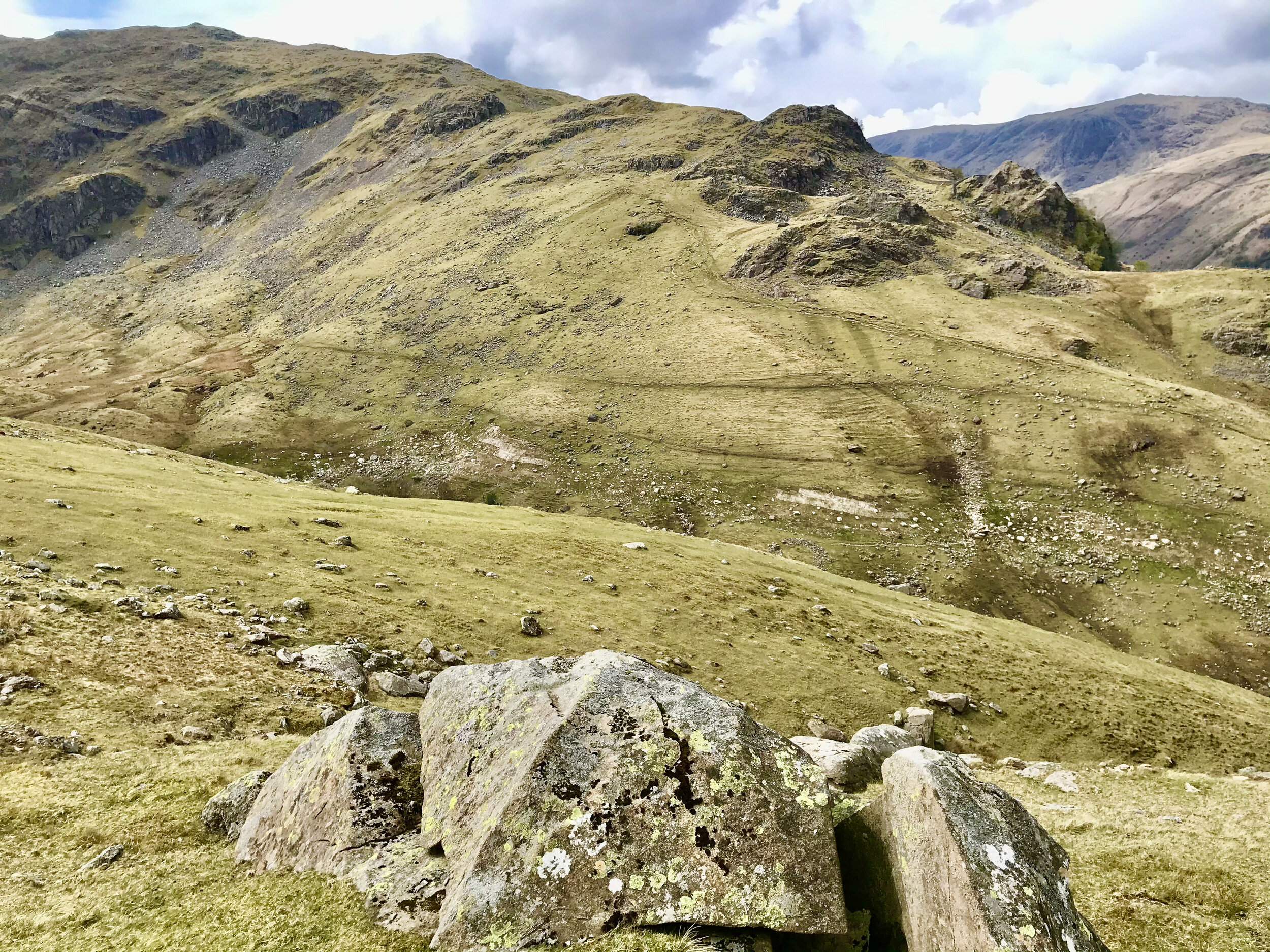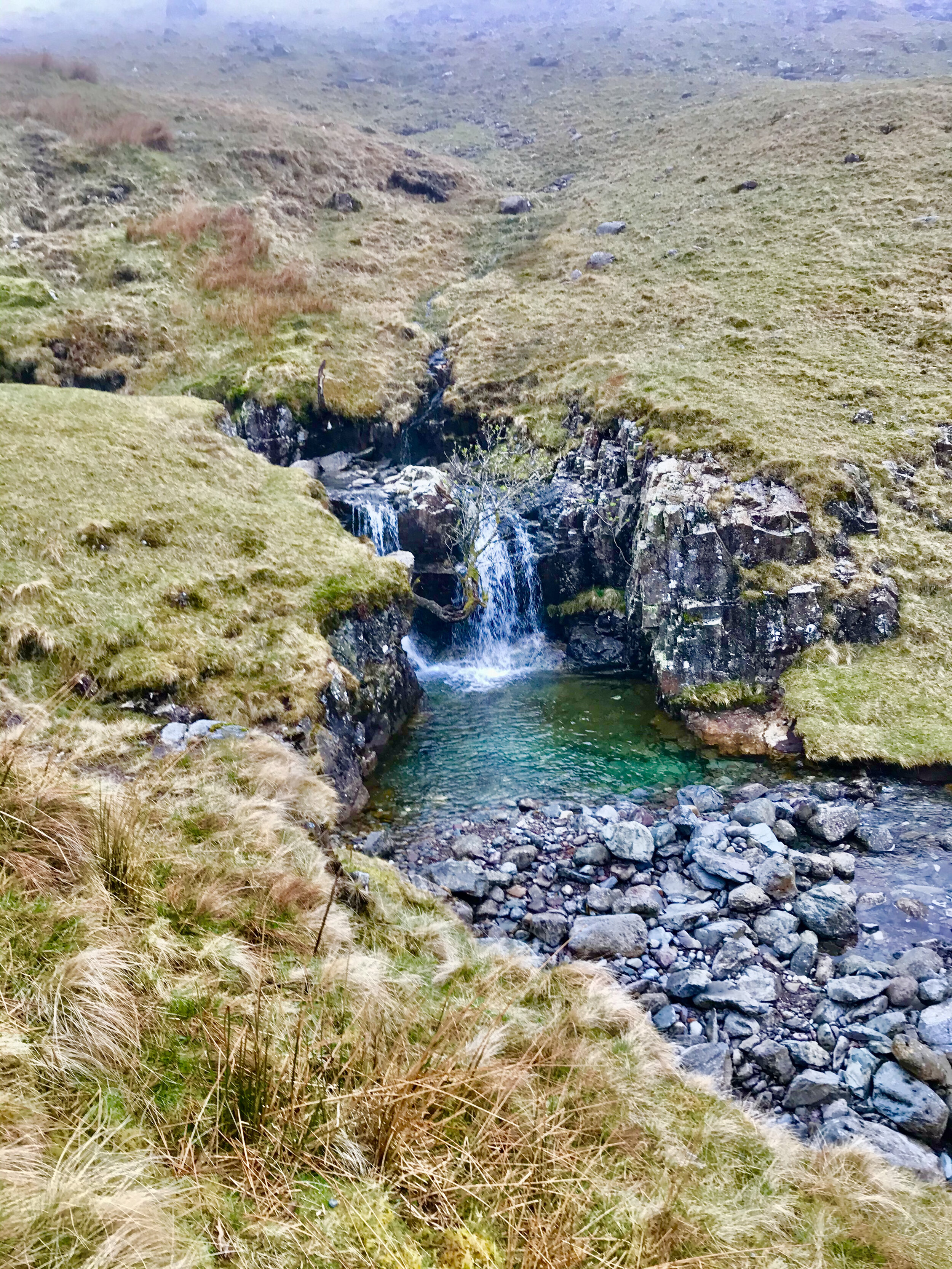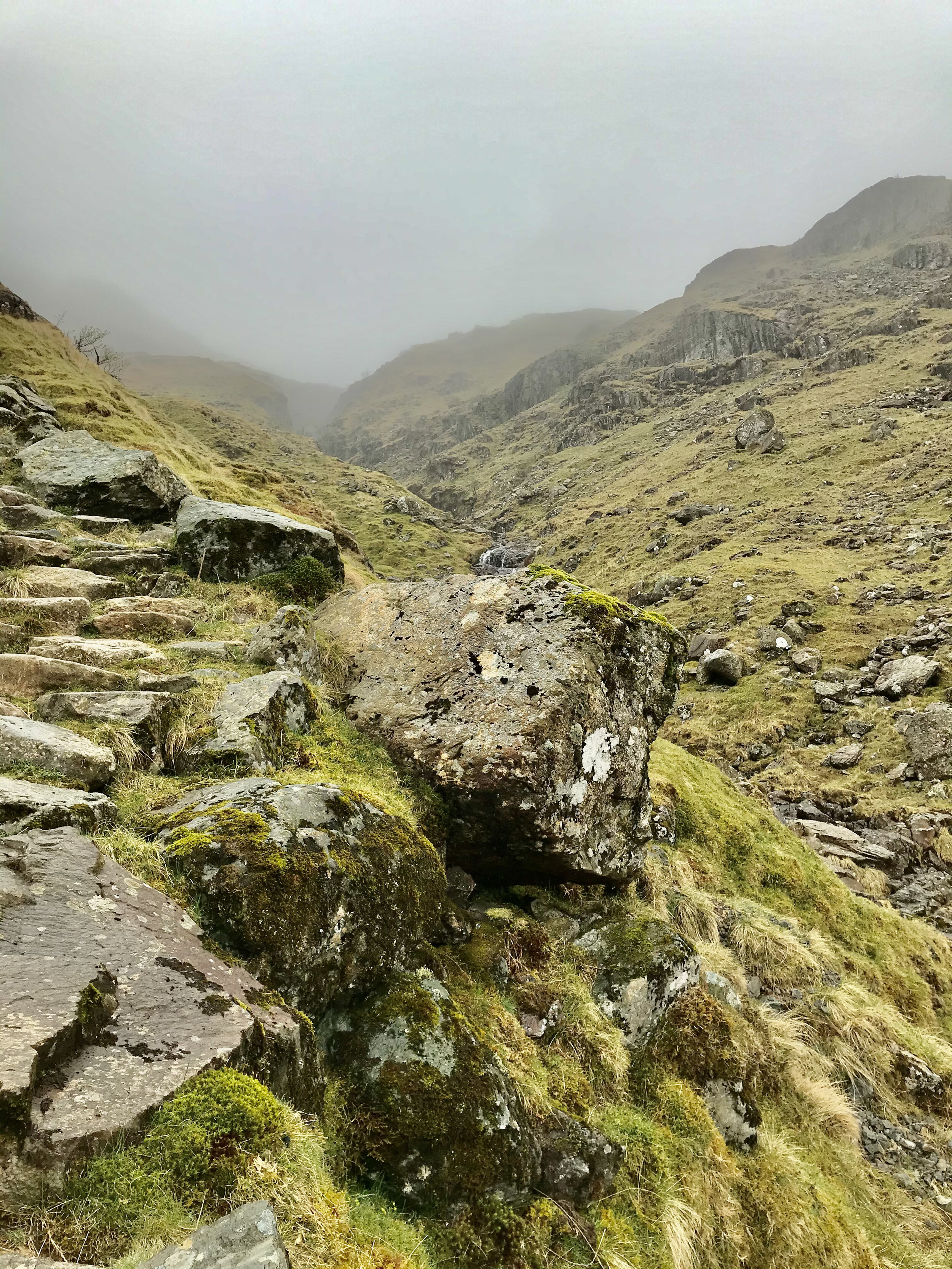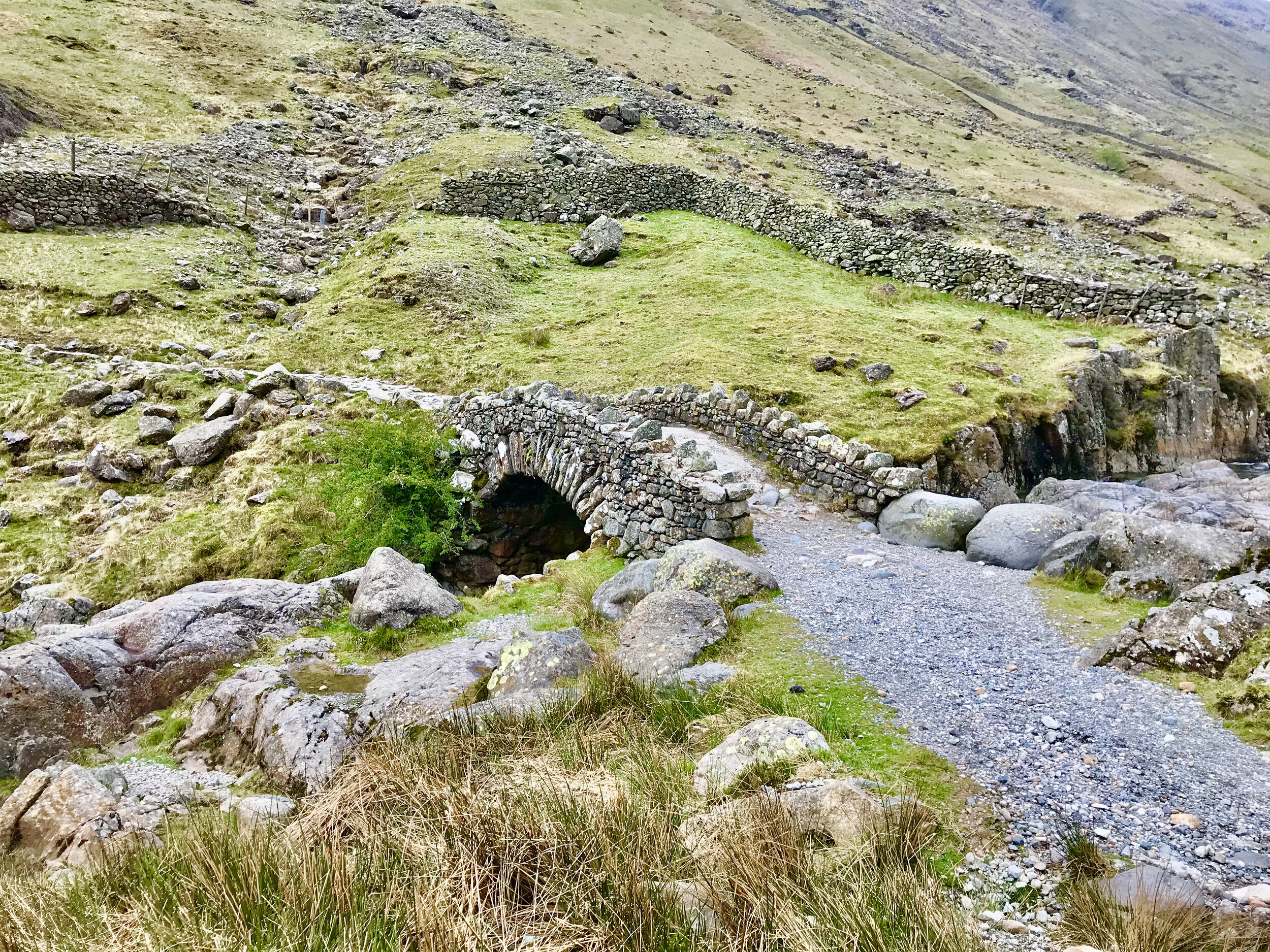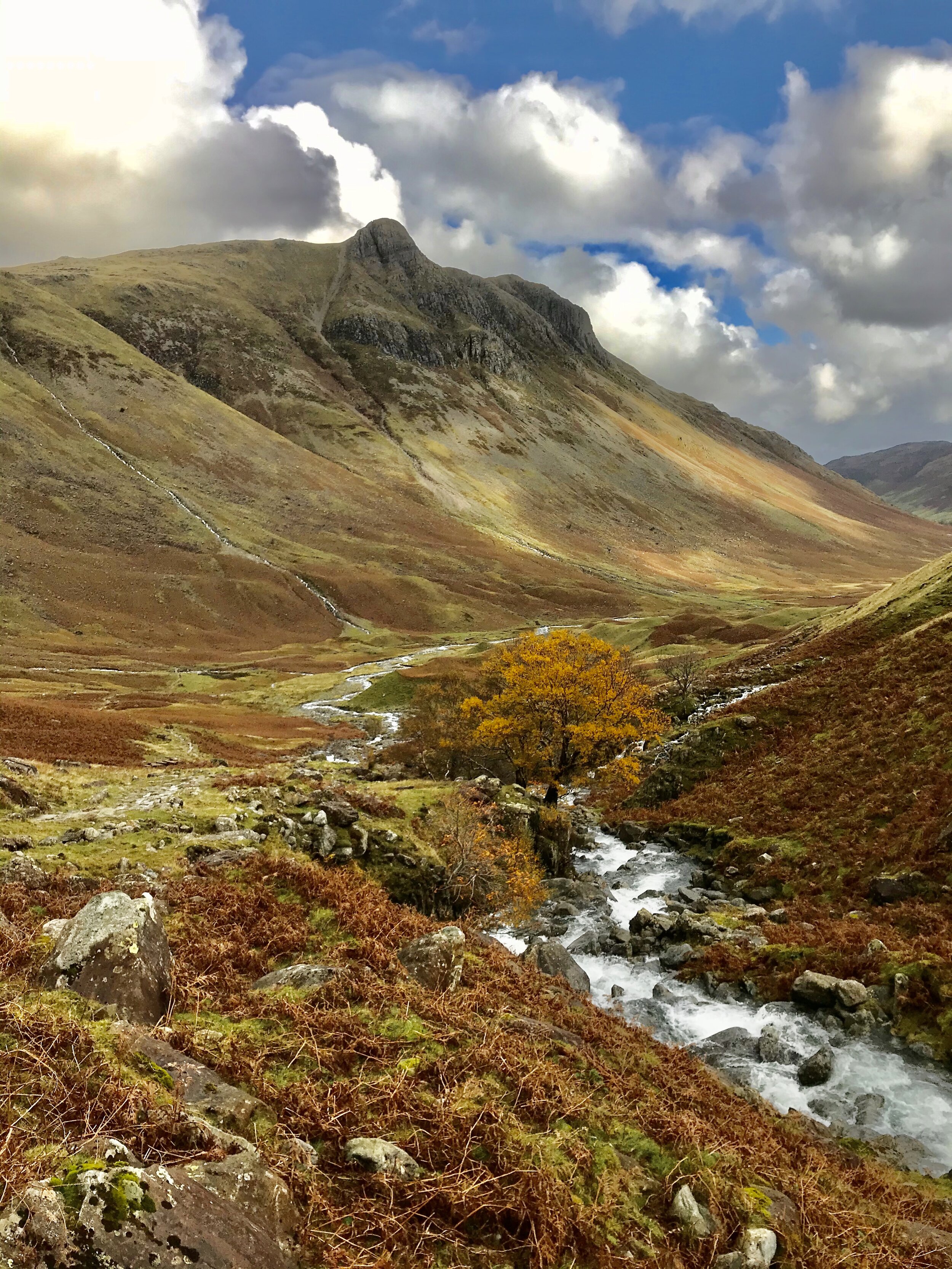On Writing
/I have always loved photography and I do try and take care to compose and frame any picture I take, then edit, crop and process them afterwards, all of which I enjoy doing. Years ago, I had been swayed by an album a client had brought in to the office to show me, that she’d created and had printed, and which was lovely but when I produced my own, I was disappointed that the photos looked too dark. I then used to create a yearly small, soft cover photo book of some of our favourite Lake District views via a function on my computer, but they went on the bookshelf and I forgot about them until about 10 years later when I pulled them out with a slight grimace and thought I could do better. Back then, there was no real provision for creating your own layouts or designs; you simply followed pre-set templates.
In late 2019, a photographer we used to watch on You Tube was talking about producing a photobook. That piqued my interest, so I had a look at the website, which was amazing and I realised just how much things have moved on. You could produce, publish and sell a really professional looking book and let your creativity run wild.
There was a choice of lots of different size books with a hard cover with or without a dust jacket, a soft cover, a magazine, a small information booklet or a large coffee table book. You could choose the number of pages, the size of book, the paper quality, background colours, the layout and print options. You could use templates, or do it entirely your own way. It made my mouth water, and the possibilities for creativity and design seemed endless.
I couldn't wait to get started. A simple download of some software took a few minutes, then all I had to do was choose the style of book. I thought I'd start with a small, soft cover 7 x 5 inch booklet with Lake District photos. However, I realised (and I confess, I hadn't thought about this) that I could add text boxes and actually write a little book.... I watched one or two of the tutorial videos on how to get started, and then I got started.
I thought I'd turn some of my blogs into little books of their own, and each blog proved to be just about the right length to have a full page of text - I think I averaged about 25 pages - along with a full page colour picture. I did 12 in the end, and made a folio box to keep them in which I was quite pleased with.
Bro and I then decided to produce a large format, coffee table style book about our time in the Lakes, with a possible view to selling it, and we really took a great deal of time and care choosing the best photos, the paper quality and the layout. It ended up as a large 90 page book with the slightly lustrous pages showing off our photographs beautifully. I didn't really write very much text as we were trying to keep it more arty (under Bro’s guidance as he is a designer), so it just had one or two pertinent lines on each page. We were really delighted with the results. We went on to do a second volume a year or so later, following exactly the same layout and style as the first.
Pleased by our efforts, during lockdown, we mooted the idea of actually writing a book of our Wainwright climbing experiences, and I really relished that, especially as it would be a good memory jogger for the future. It took a long time, as we had to get the timelines right, choose photos, decide which fells to mention, wrack our brains as to anything interesting or funny that had happened, but we soon had quite a thick book. When Bro read it, we realised I'd got some of the early walks in the wrong order and I didn't really like how some of the photos looked, so the following year, I revised it, taking the time to expand and increase certain sections. I must have added about 25 more pages, but felt it was as comprehensive as it could be and we were really delighted. The quality was amazing and it really felt like a proper book, with a barcode and ISBN number.
Once I'd finished that book, I was keen to do something else. Dad suggested I combine all my little 7x5 books into one hardback book, in the same format as the Wainwright book, and it became a lovely way for me to spend an hour or two every so often through lockdown. Once that was finished, I decided to combine all my blogs into a blog book (again, in the same format) as I anticipated deleting my website at some point in the future. That one didn’t take as long to produce and I was really pleased with it.
I then decided to tackle what is still a big part of my life, my travels, and this really was a labour of love. Firstly, I had over 30 years to pick through, and then, as I've been to over 84 countries, remembering the trips really tested my memory. Secondly, a lot of my photos from those early trips were not digital and therefore not great quality, and it involved a lot of hunting through hard to get to photo albums, then endless scanning and editing. That book probably took me the longest time to complete up to that point, but it brings back a lot of fantastic memories.
After lockdown, I wrote one about my observations in nature whilst out and about during my year and a half of furlough, and I'm particularly proud of the way that turned out. However, much as I loved writing and producing these books, I didn't really want an entire shelf full of them, so during 2022 I spent some time revising one or two of those I'd already produced, just to try and get them as perfect as I could.
Having said that, whilst we were writing our Wainwright walking book, we did get a bit tired of constantly having to log on to laptops or computers, of trawling through hundreds and hundreds of photos, of scanning through websites trying to identify summit cairns, or wracking our brains just to remember one or two small details. Bro sighed one day and said ‘this is ridiculous. We just need all this information in one place with a picture of each summit so we can look at it whenever we want without doing all this. Why don't you do a book on that?’
That seemed like a good, albeit slightly daunting, idea. We decided each photo would be a simple summit shot (not of us, just the cairn) with a few notes about the routes we took, the weather and anything memorable that happened. It took me about three months to write and probably another month to sort out the photos, which was a real effort as some (actually most) of our early photos weren't labelled, and we spent ages trying to identify piles of stones! Now that it's finished (at 240 pages long), we have a wonderful reference guide to dip into and jog our memories without having to involve any technology.
I have one last book I'm working on, and it will be the same format as our Wainwright memory book, but for the Outlying fells. That's an ongoing project at the moment, as we still have half of them left to climb!
We now have a small pile of books to dip in and out of, to remind us of lots of happy times, and which I've really loved doing. I do feel a little rush of satisfaction every time I look at them.


